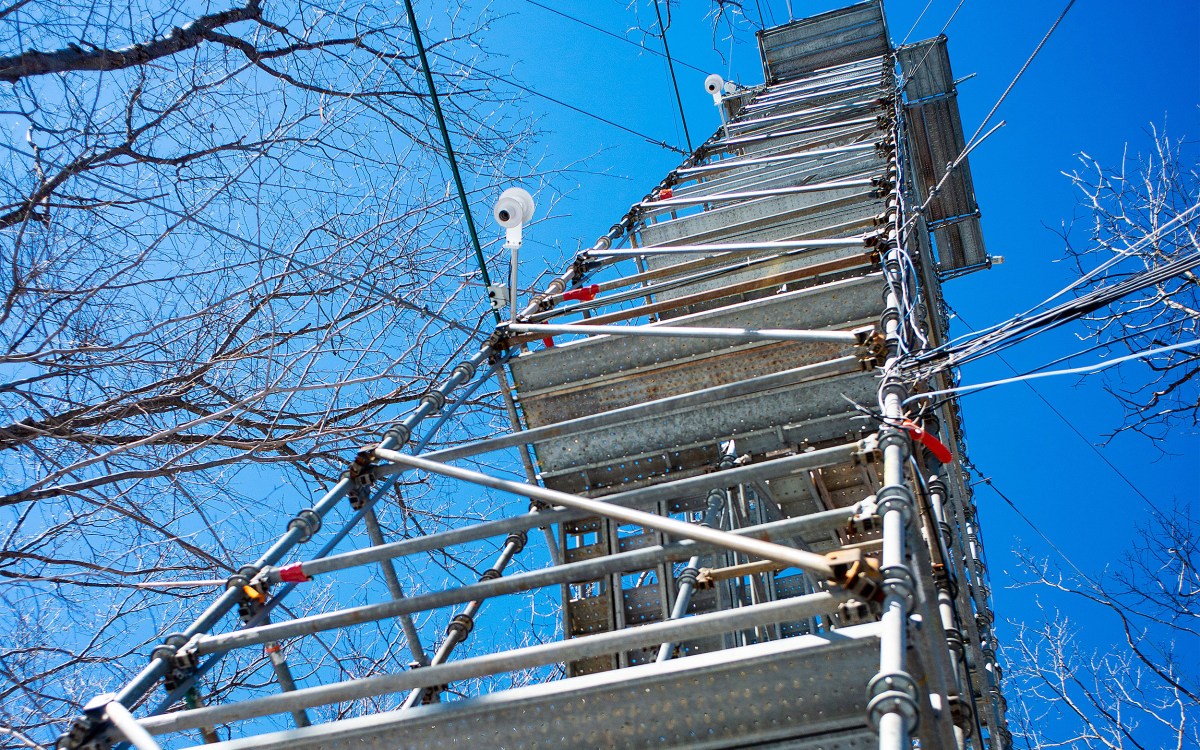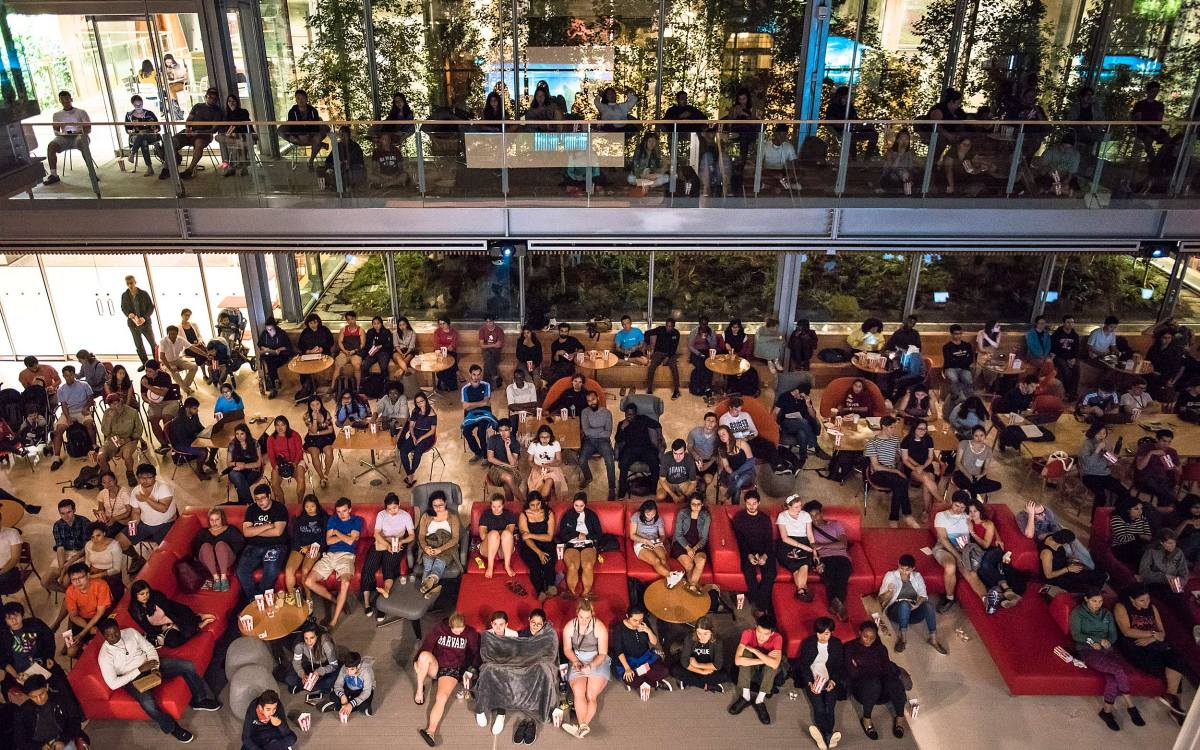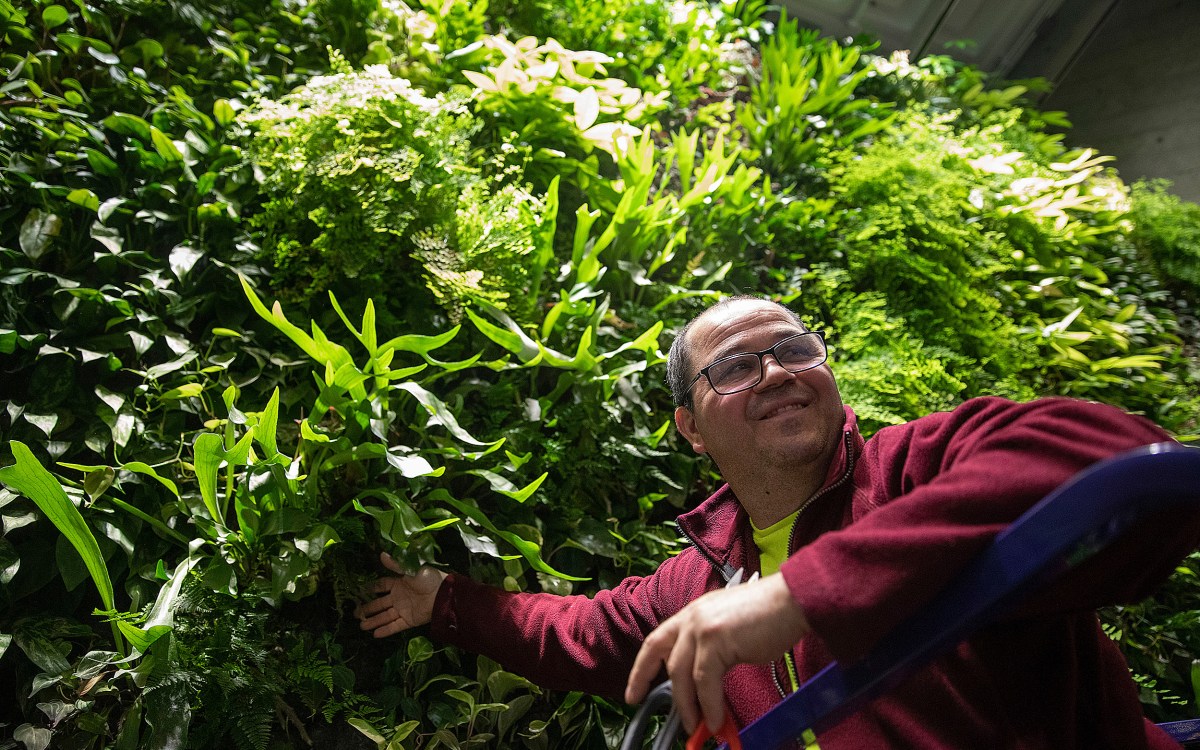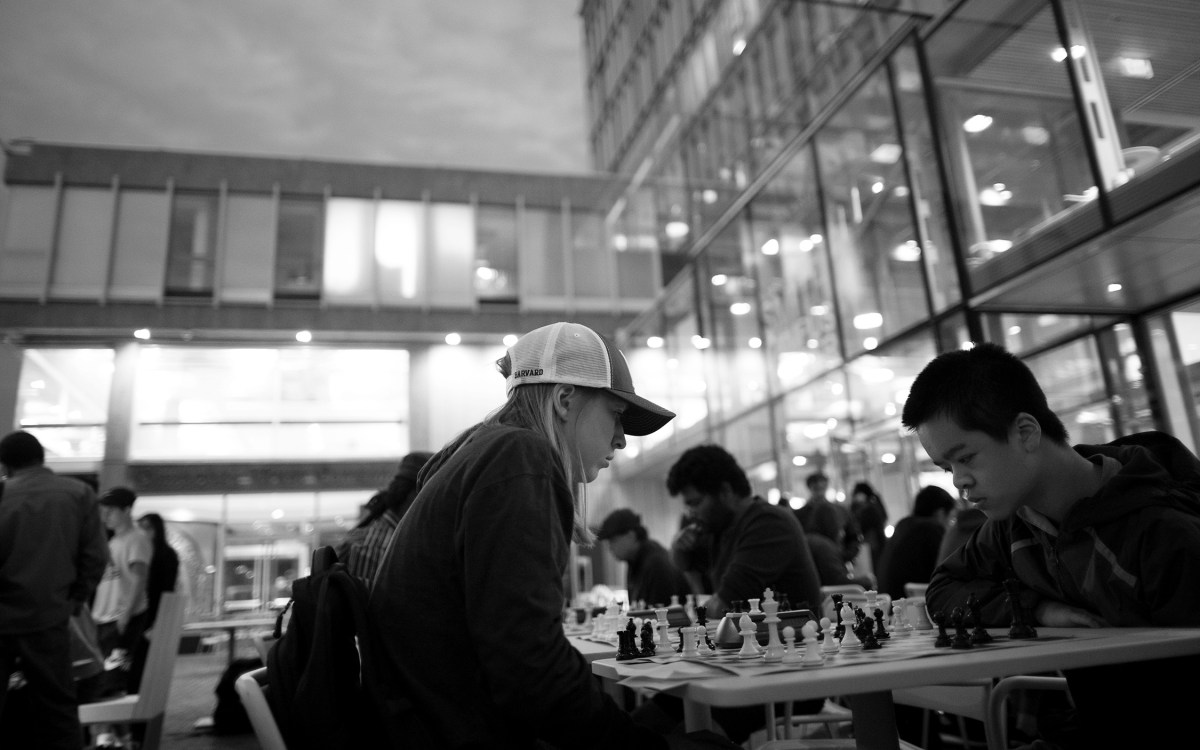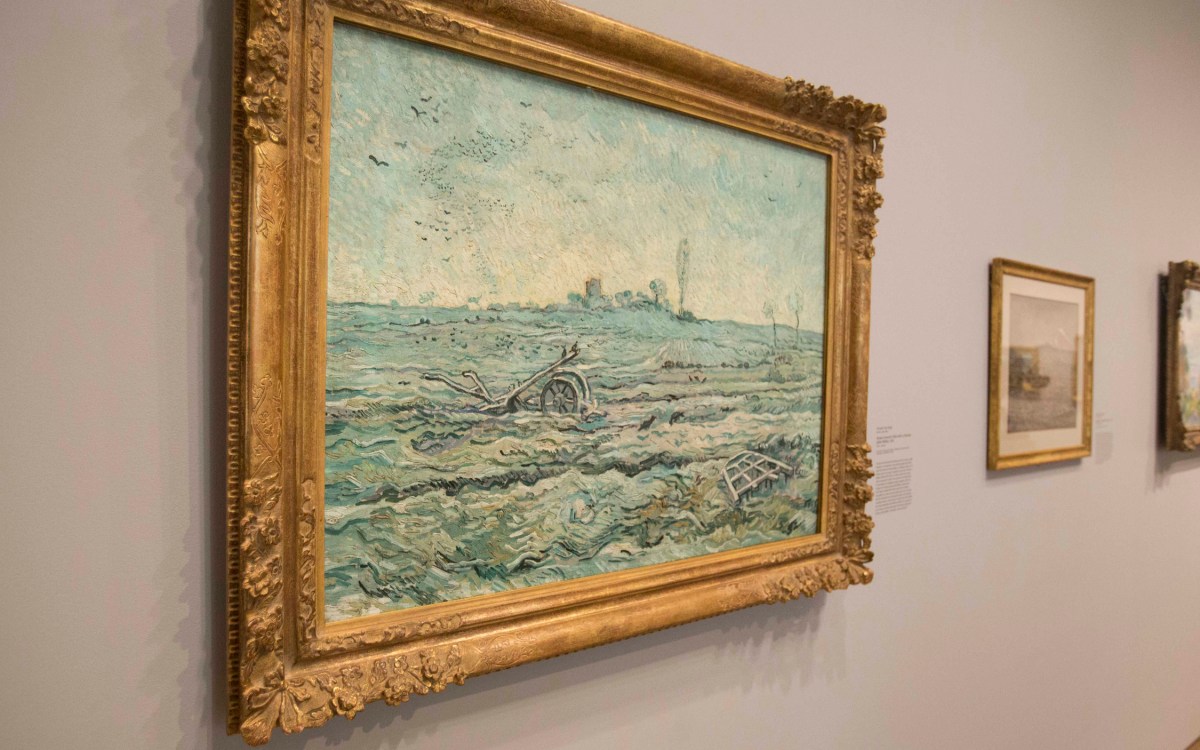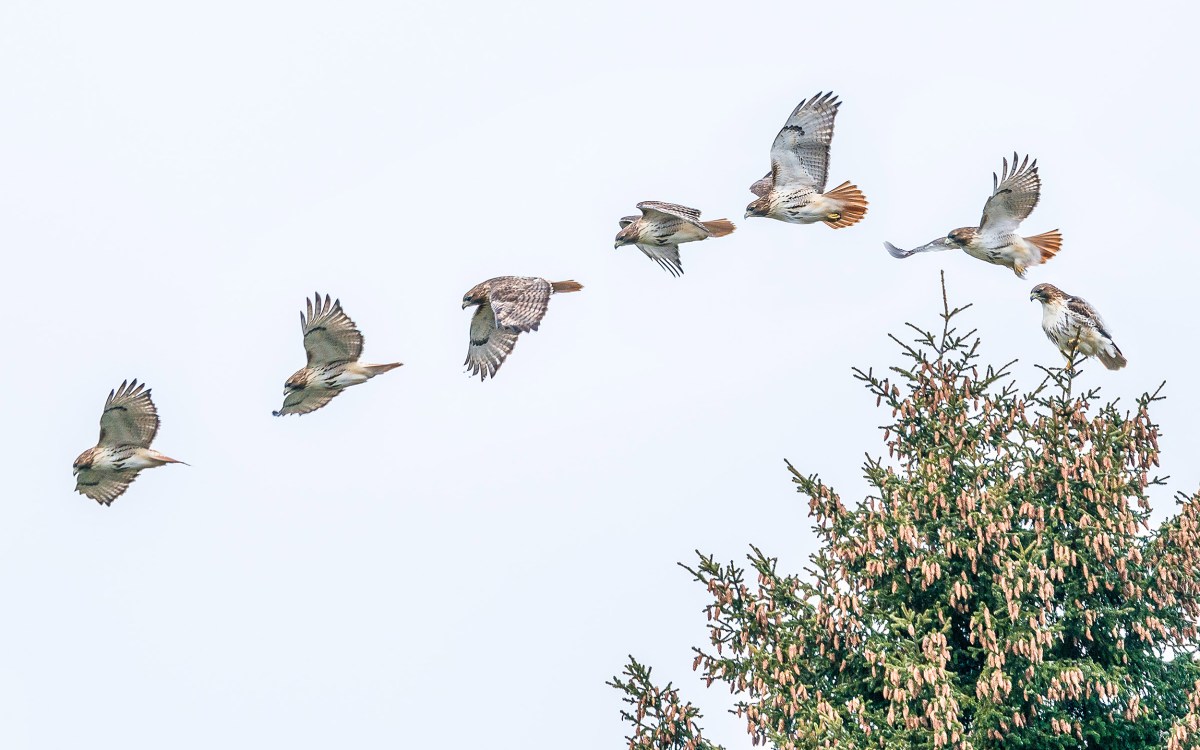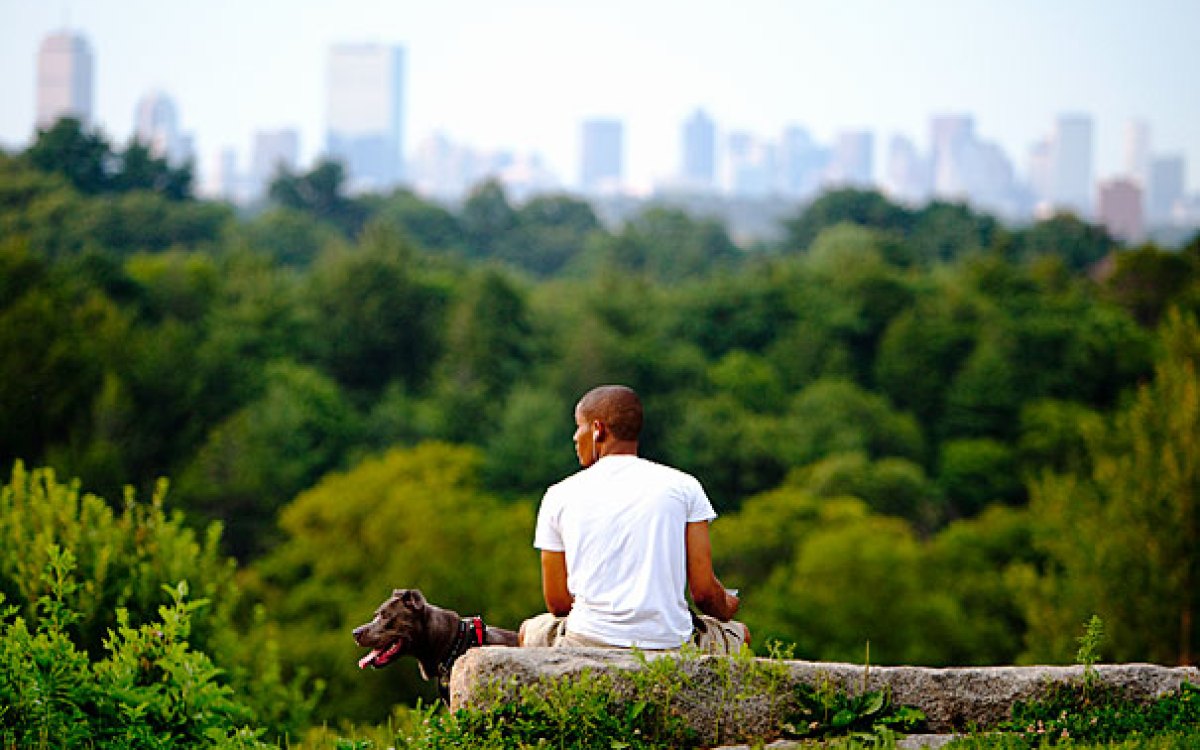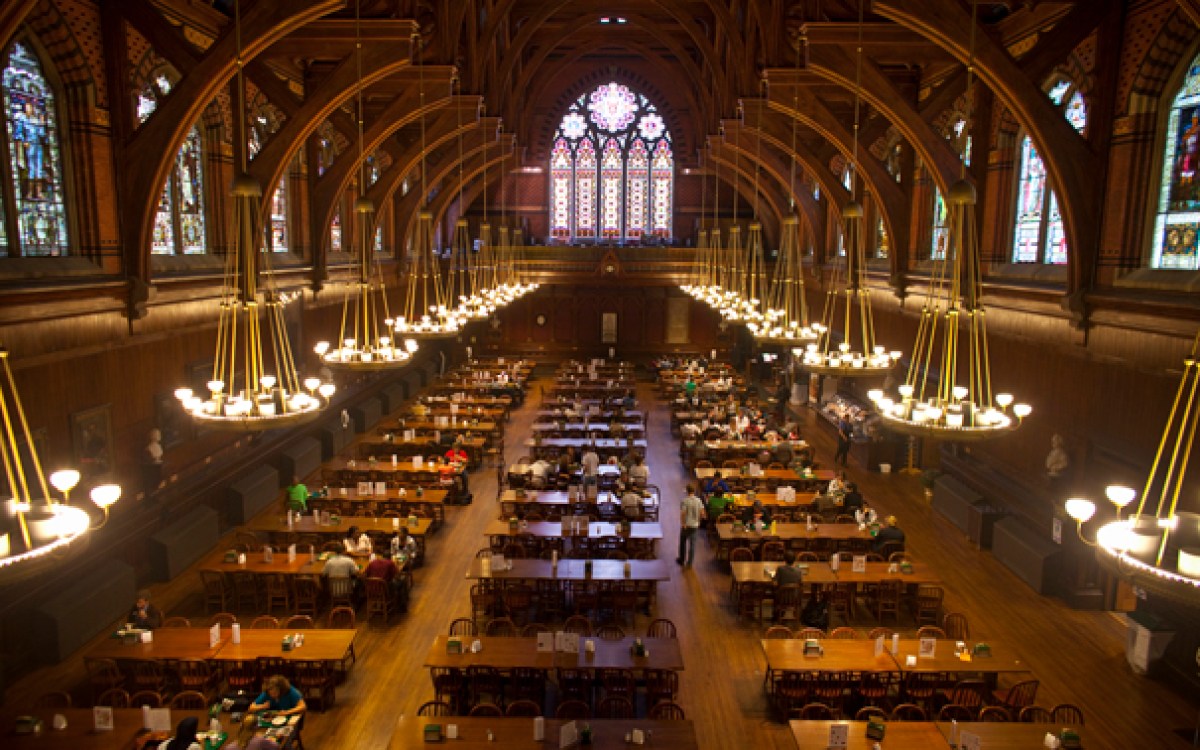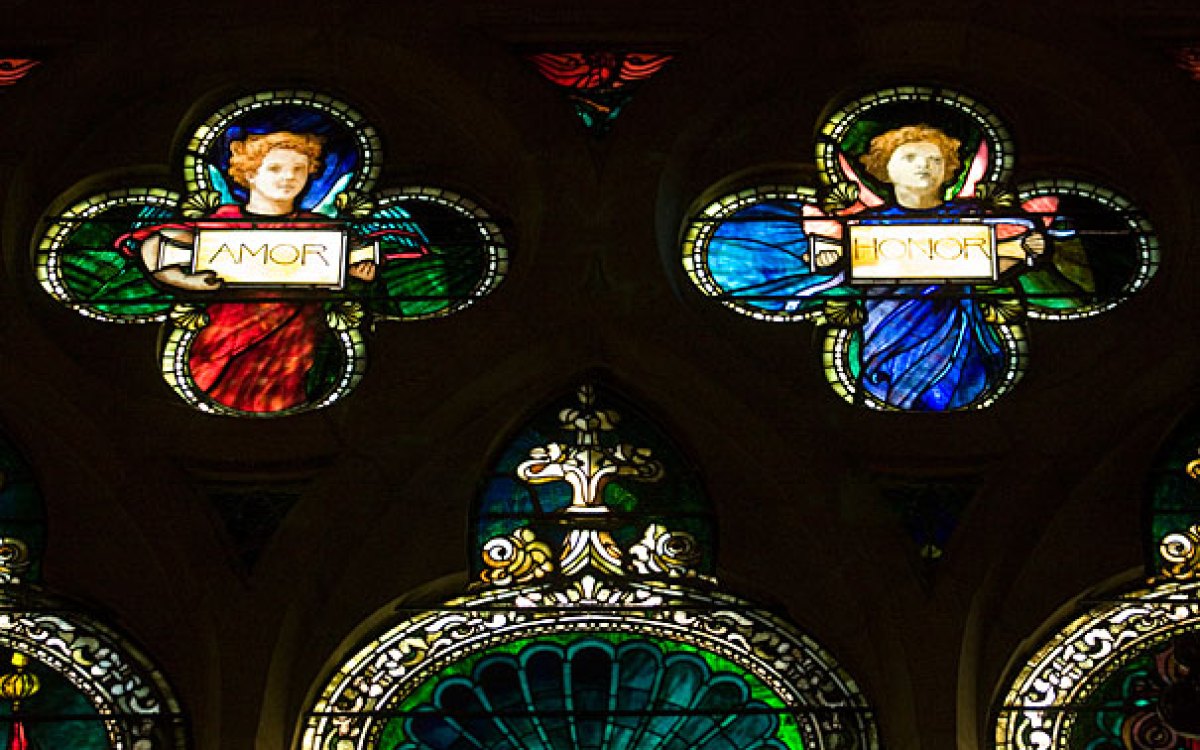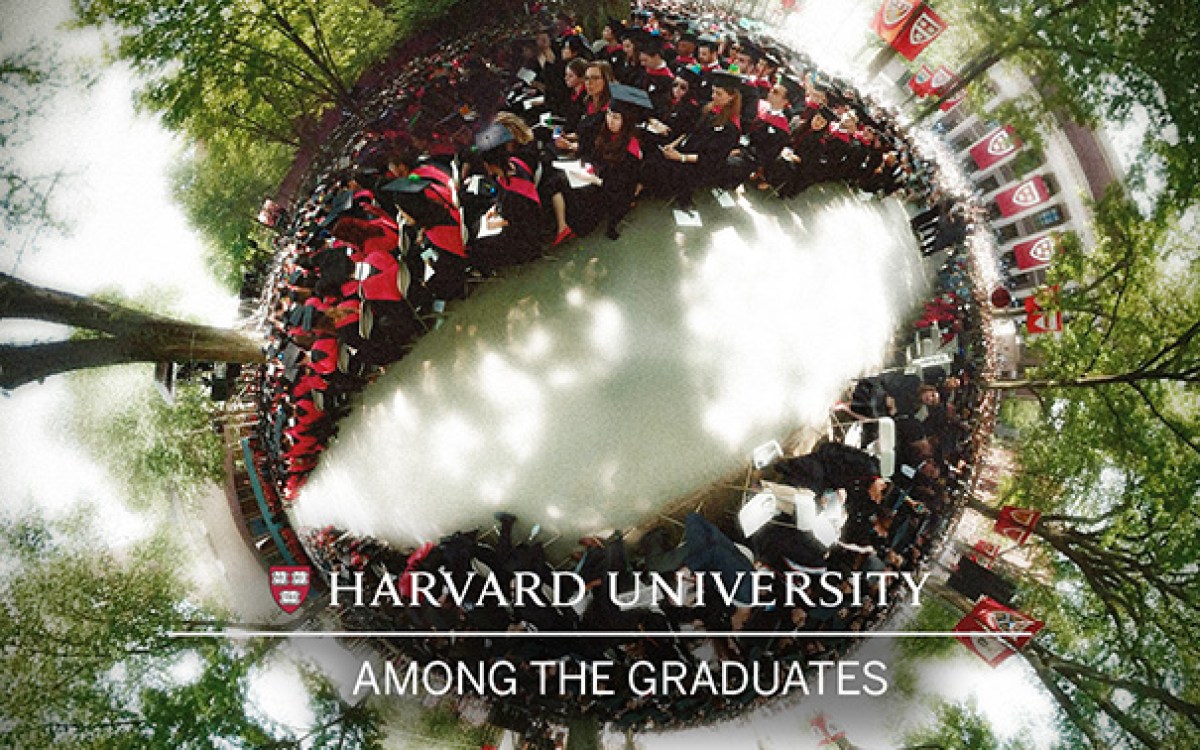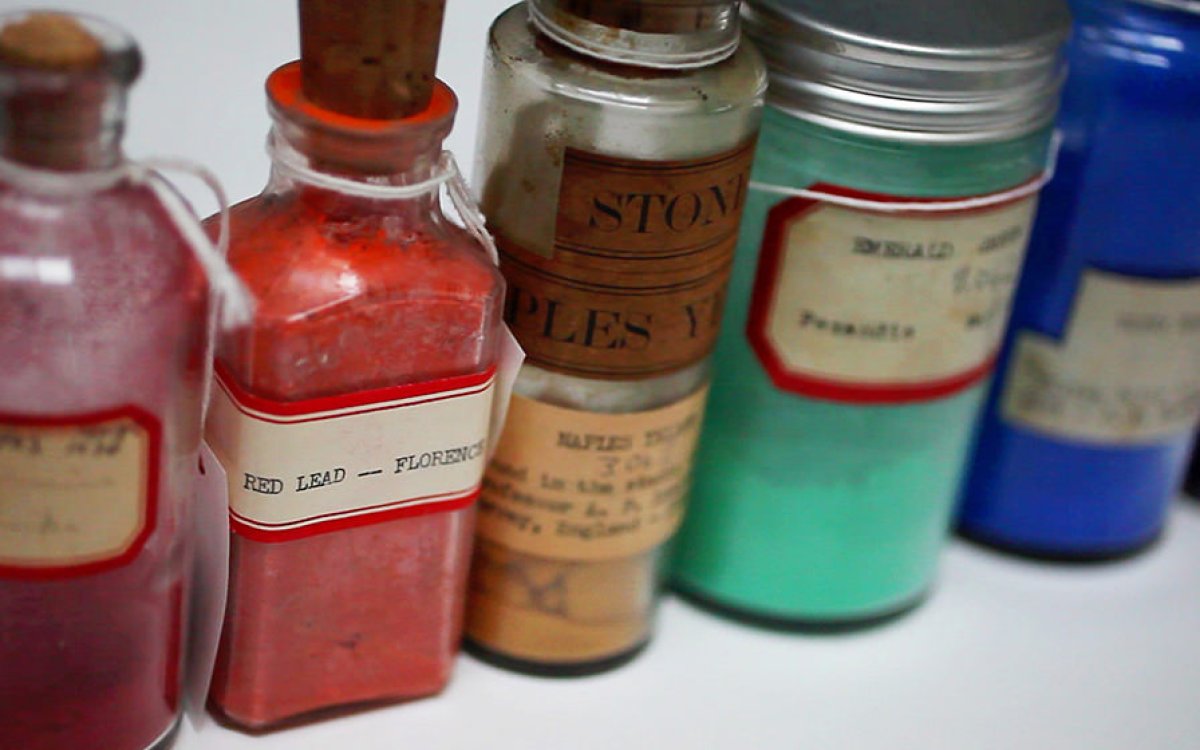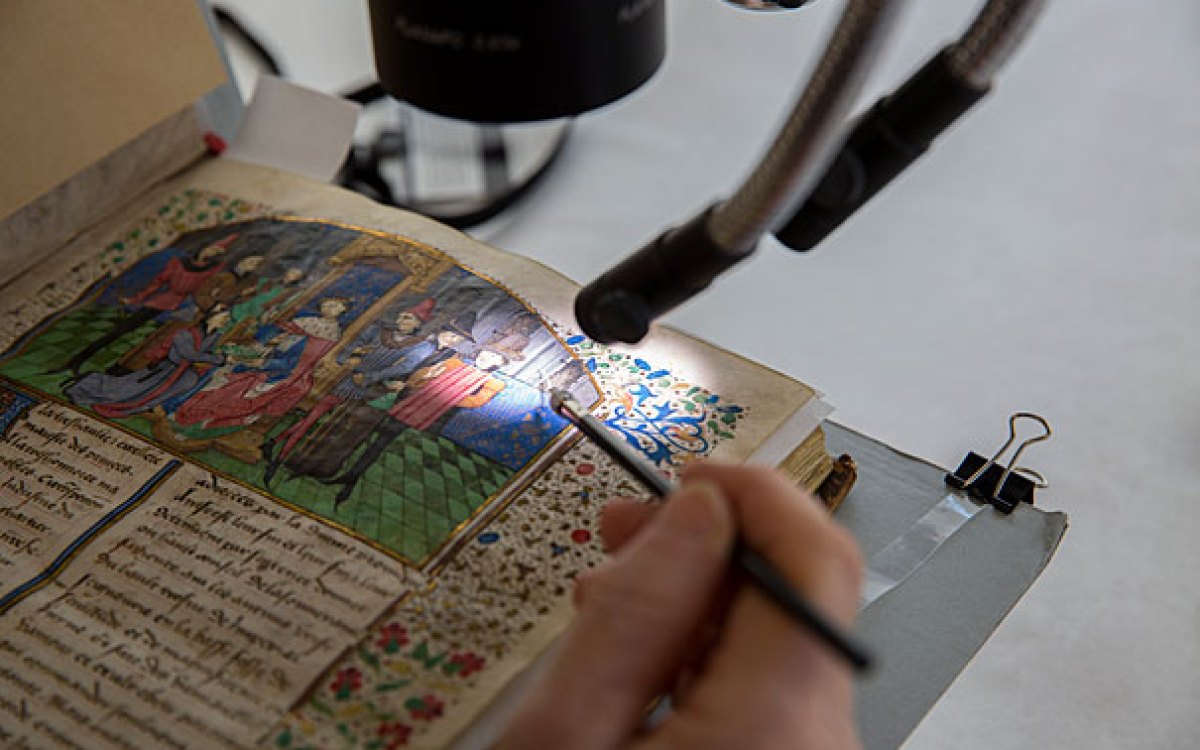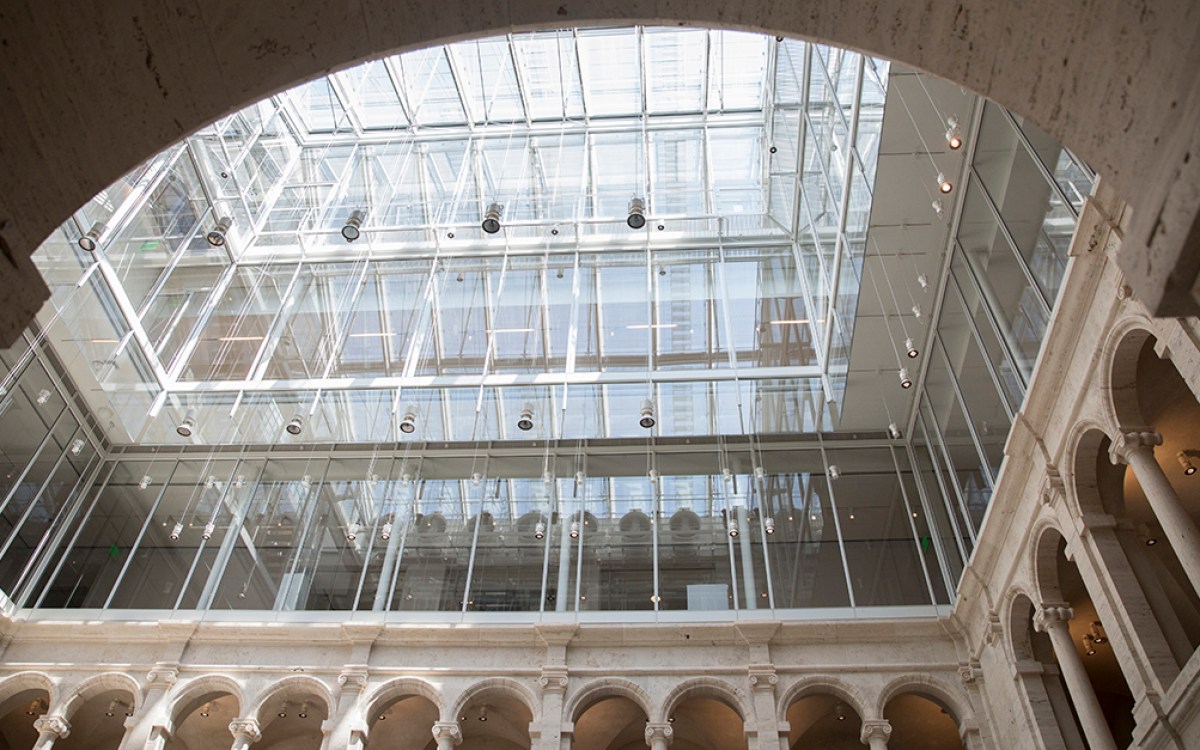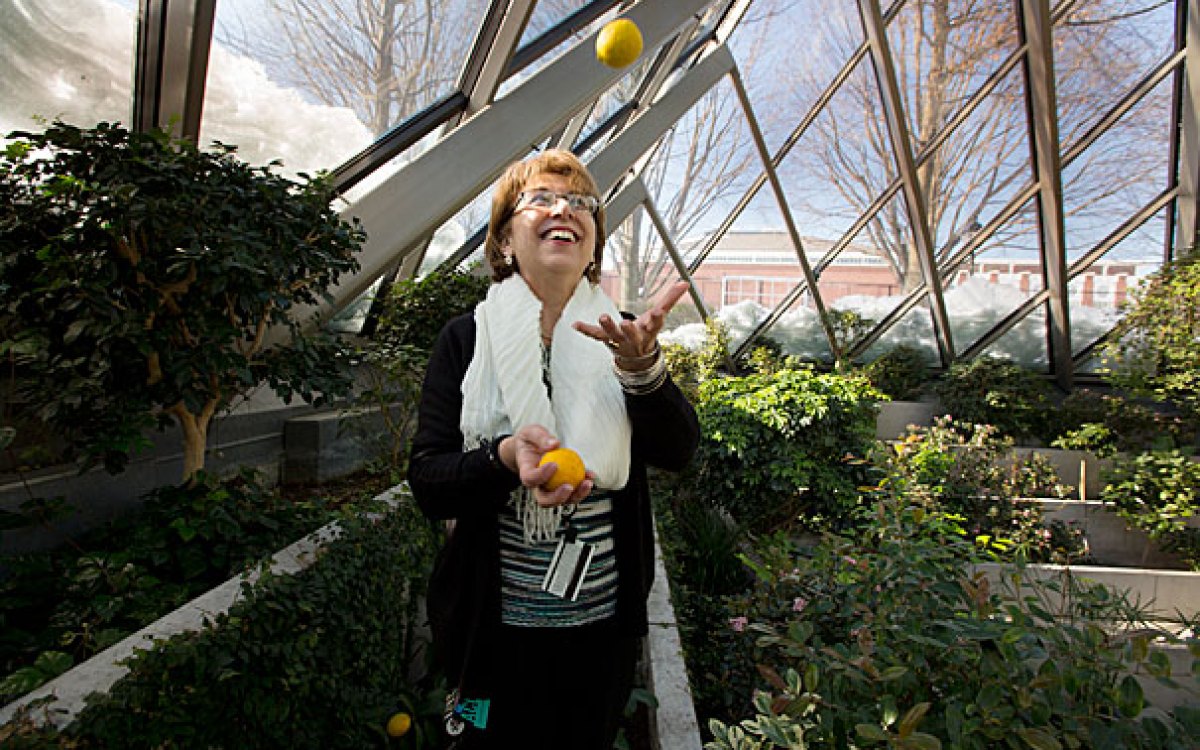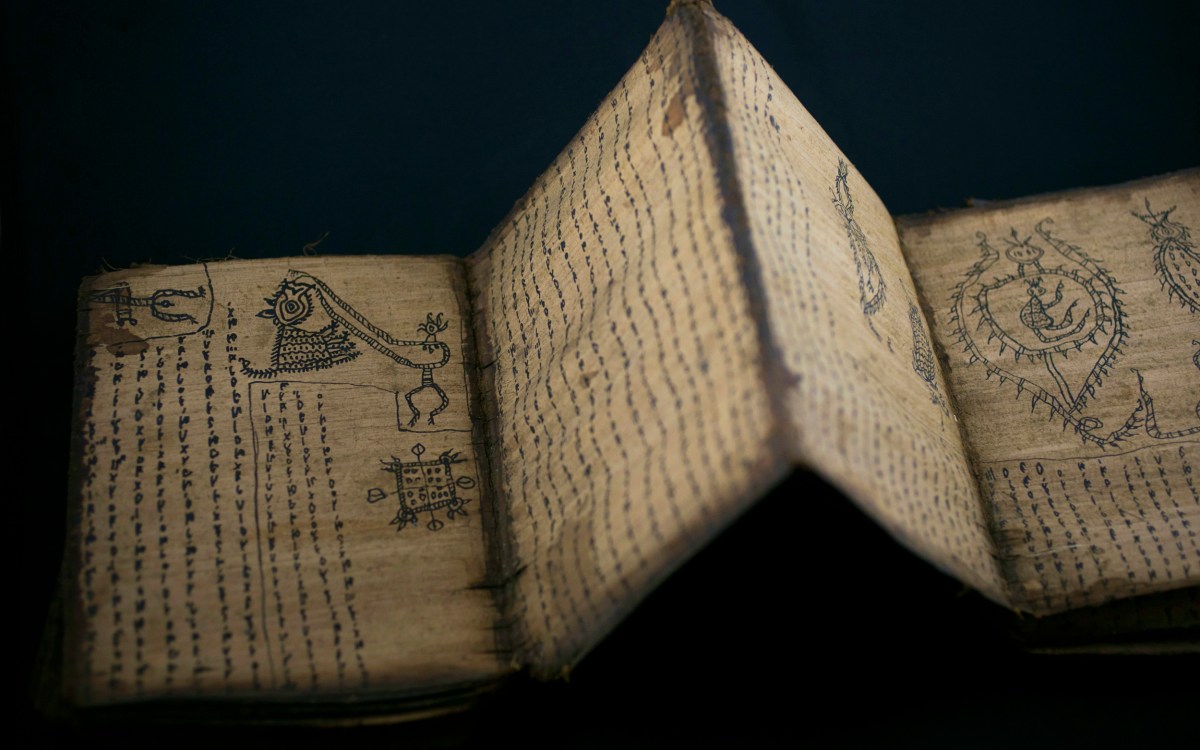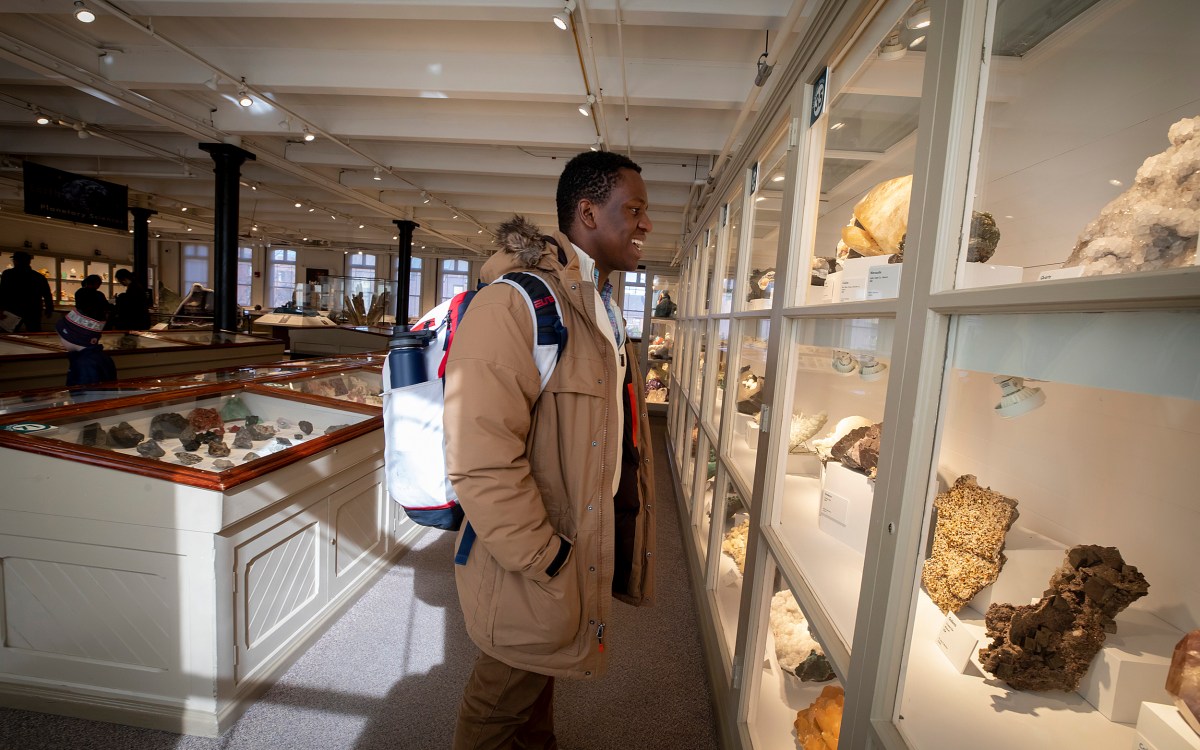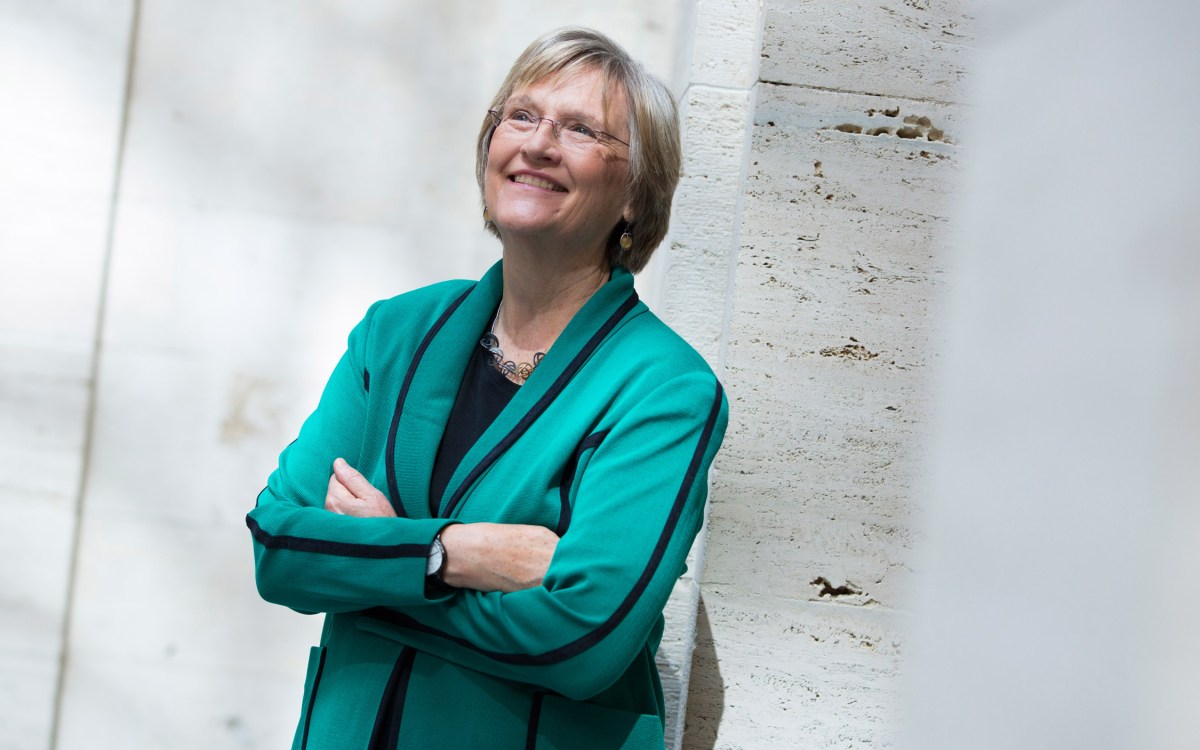Places we love
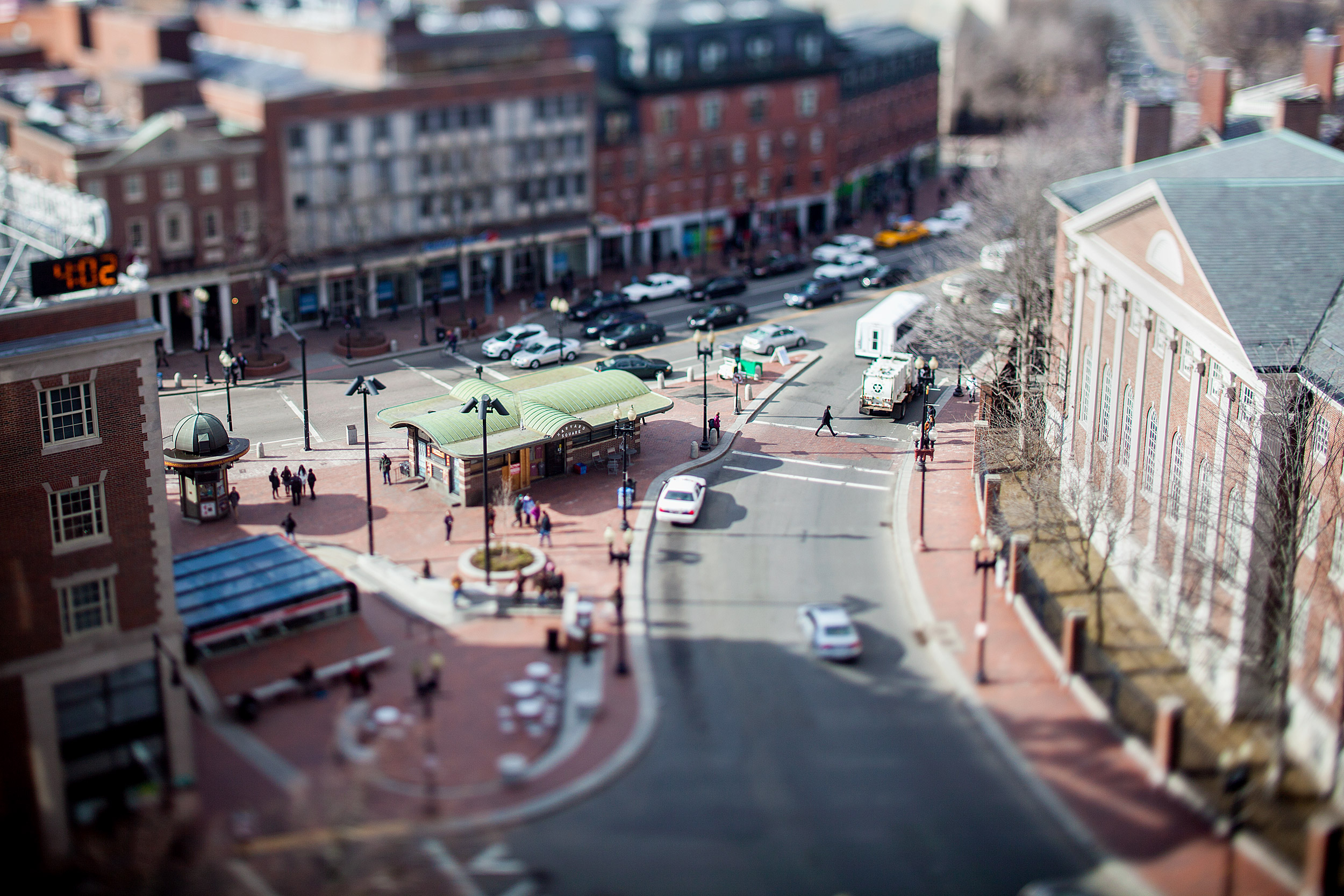
Harvard file photo
People from the Harvard community share their favorite spots on campus
Harvard Forest
David Foster
Director, Harvard Forest
The walk-up tower in the center of the Harvard Forest’s 4,000-acre laboratory and classroom [in Petersham] provides the perfect venue to advance our mission of research, education, and outreach. The ever-changing views across vast forests to Mount Monadnock and four New England states also yield a constant reminder of the opportunity and need to conserve this remarkable landscape for the benefit of both nature and society.
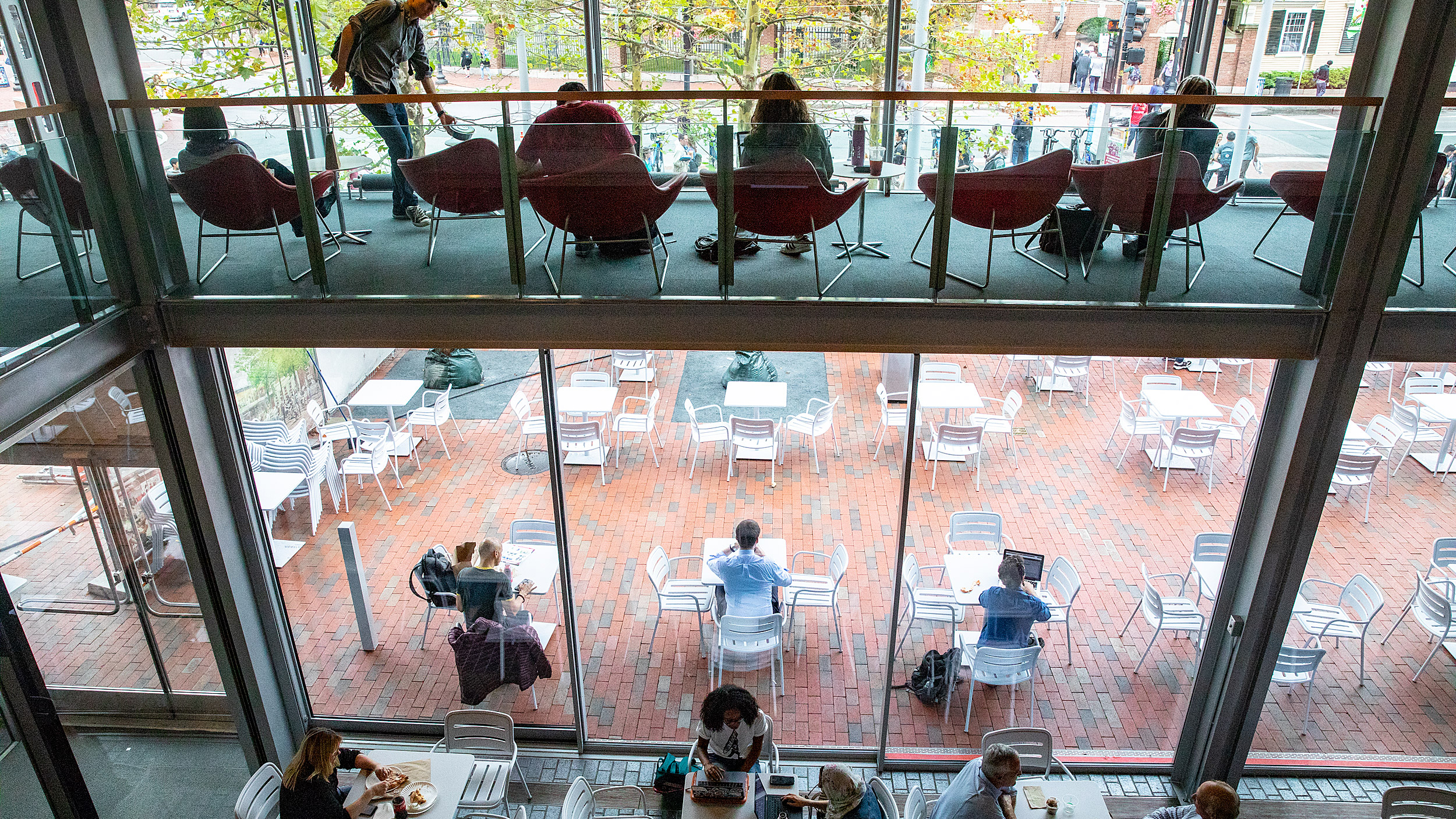
Kris Snibbe/Harvard file photo
Smith Campus Center
Curtis T. Keith
Chief scientific officer, Blavatnik Biomedical Accelerator at Harvard University
I work in the Smith Campus Center, and I’ve been trying out the many great spaces there. I think they did a great job [in reimagining the space]. I especially like having coffee in the second-floor seating area at the front of the building, looking out onto the plaza in front of the center, the whole diversity of Harvard Square passing in front. For me, it also brings back memories of arriving at Harvard for the first time in 1993 as a student and seeing the chess players there.
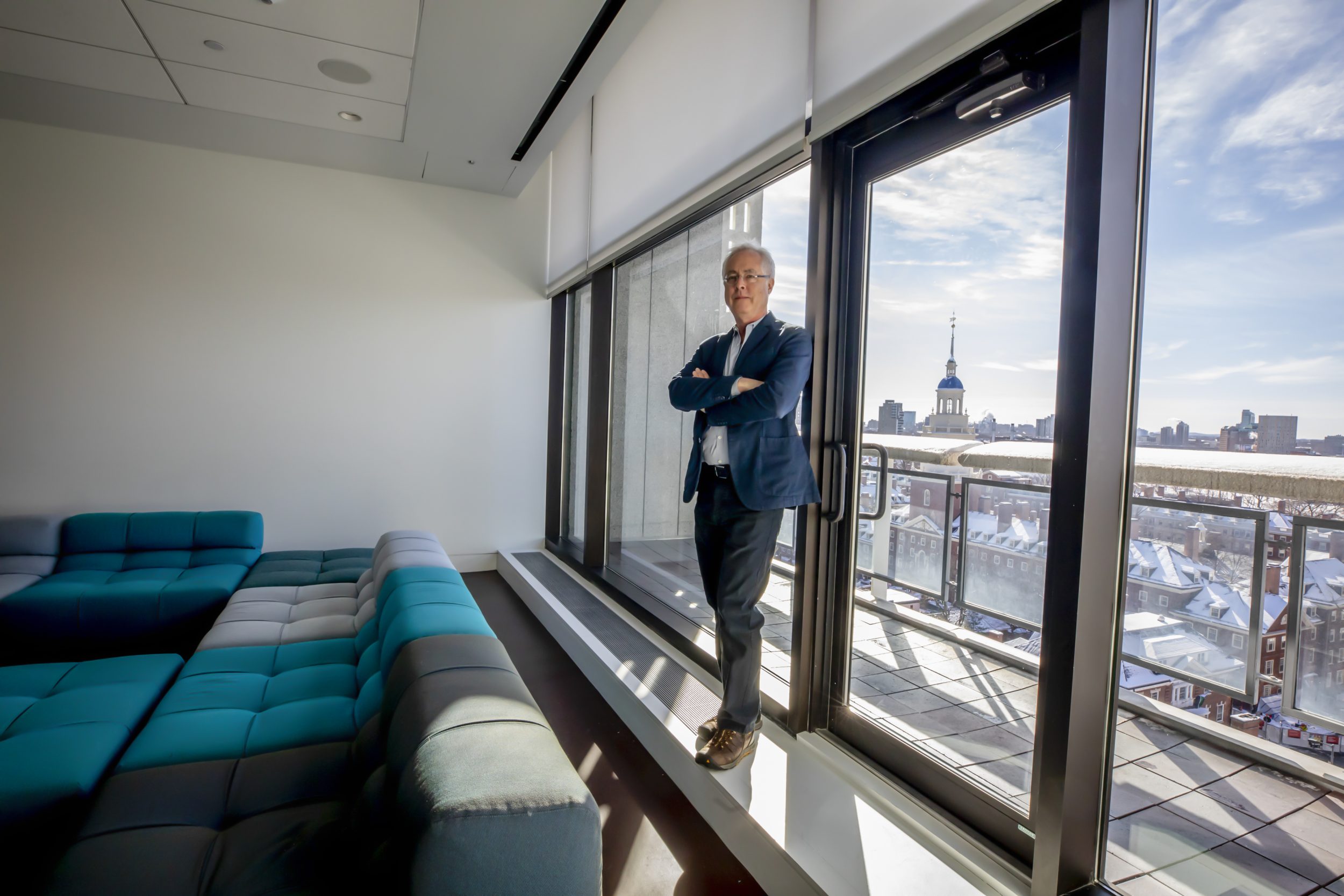
Louis Menand is enjoying the view from the top of the Smith Center.
Rose Lincoln/Harvard Staff Photographer
Louis Menand
Lee Simpkins Family Professor of Arts and Sciences and Anne T. and Robert M. Bass Professor of English
The coolest and most relaxed place at Harvard right now is the 10th floor of the Smith Center. I hope the installation of a cafe doesn’t turn it into a mob scene!

Photo courtesy of Harvard Art Museums
Wertheim Gallery
Larry Bacow
President of Harvard University and professor of public policy
Mine would be the Wertheim Gallery at the Harvard Art Museums. The collection is extraordinary. My mother’s maiden name was Wertheim. I have always hoped that I might be distantly related to the donors, but alas I am not. That said, I am still moved by the art.
More like this
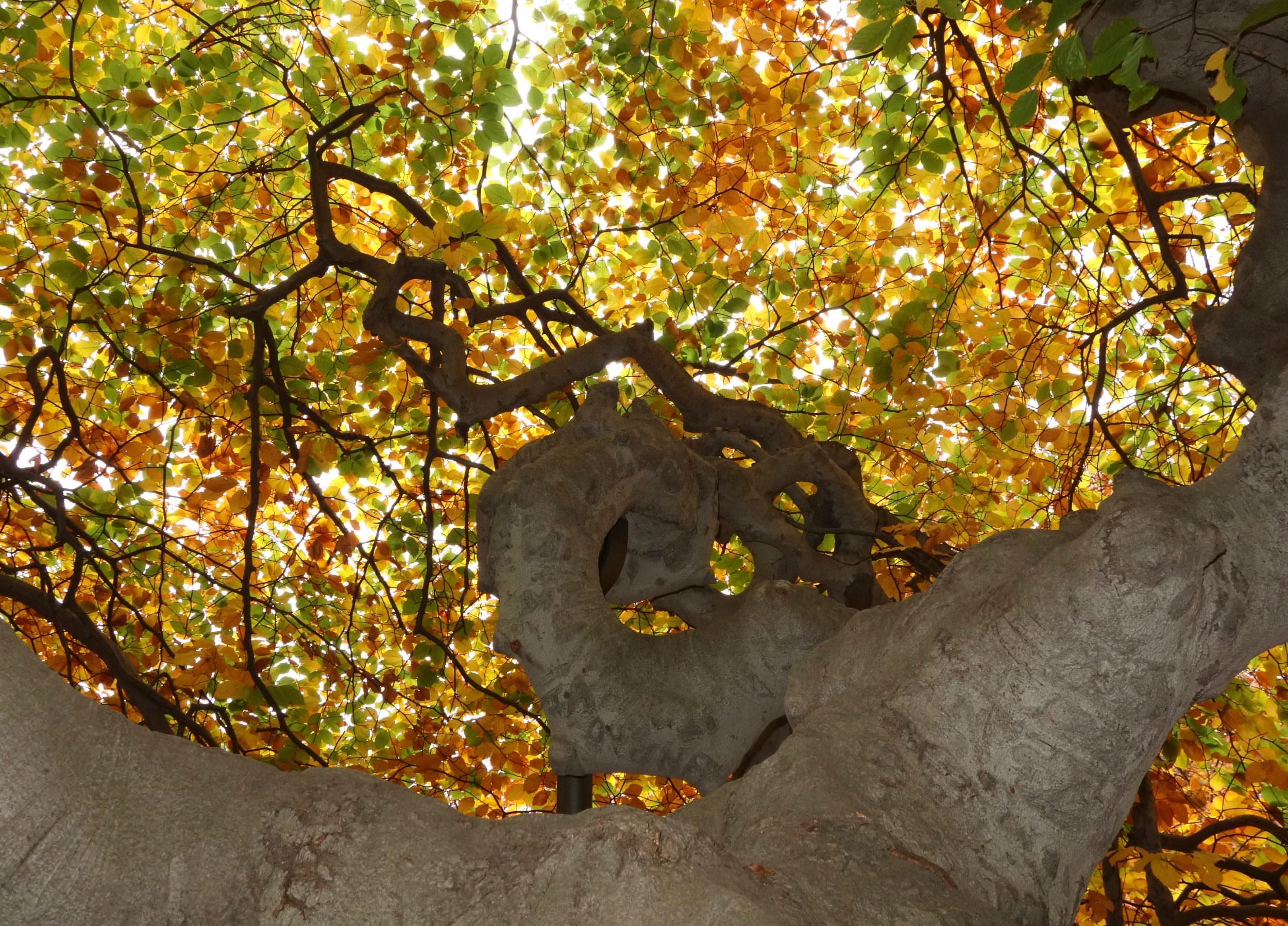
Fagus sylvatica “Tortuosa” (Arnold Arboretum accession number 14599*A)
Photo courtesy of Arnold Arboretum
Arnold Arboretum
William “Ned” Friedman
Arnold Professor of Organismic and Evolutionary Biology and director of the Arnold Arboretum
There is a magnificent horticultural “sport” (genetic mutant) of the standard European beech tree (Fagus sylvatica) that came to the Arboretum in 1888 from the Royal Botanic Gardens, Kew (and was probably collected in the wild in France). Instead of growing straight up to the sky, the shoots twist and turn into gyres, and the net effect is a tree that is essentially a small hemisphere. The great thing about this tree is [it allows you] to “step out” of the Arboretum into a wonderful, almost isolated space. During the fall, the tree is myriad colors resembling the finest stained glass of any cathedral in the world; in the winter, the stark branches are pendulous. The spring brings the light greens of bud break. The most remarkable time I have spent with this old friend was during the last solar eclipse, when the leaves acted as pinhole cameras in the breeze and projected the image of the sun with a lunar carve-out onto the ground and exposed gray roots.
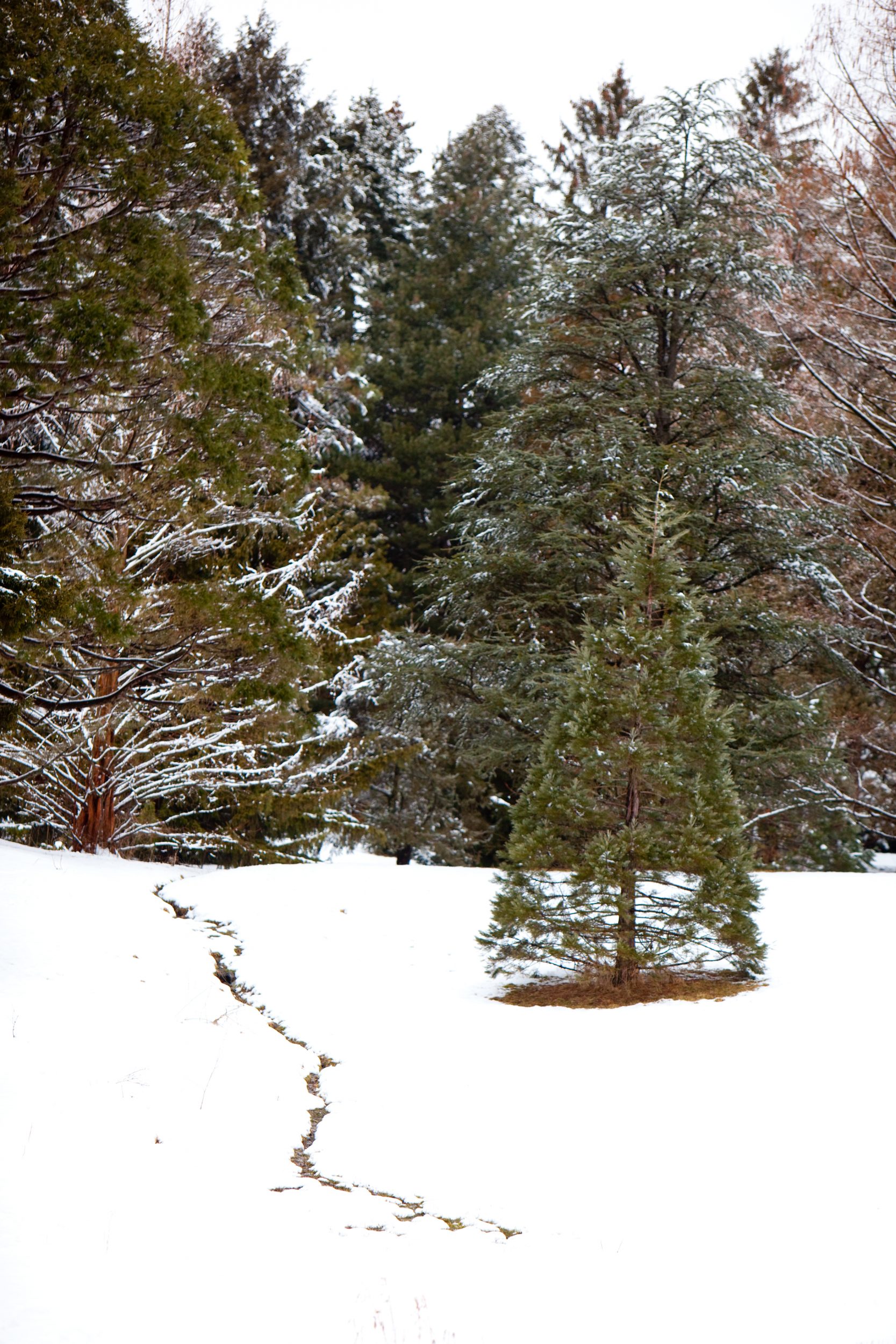
Rose Lincoln/Harvard file photo
Tiffany Enzenbacher
Manager of plant production, Arnold Arboretum of Harvard University
Without a doubt, my favorite place at the Arnold Arboretum, especially during winter, is the enchanting conifer collection. You escape the city noise and bustle underneath the tall, dense canopy of fir and pine trees and can enjoy a moment of tranquility. The tree I always make sure to visit is dawn redwood (Metasequoia glyptostroboides) specimen 3-48*A, right off Conifer Path. It was grown as a seed from the original Arnold Arboretum introduction of dawn redwood to the West in 1948. If I have time, I also check out the grove of four umbrella pines (Sciadopitys verticillata) close to Bussey Brook. These historic plants from 1898 are characterized by whorls of green needles that resemble an umbrella. After a few inches of fresh snow, there really isn’t any better place to take a walk and appreciate winter’s solitude.
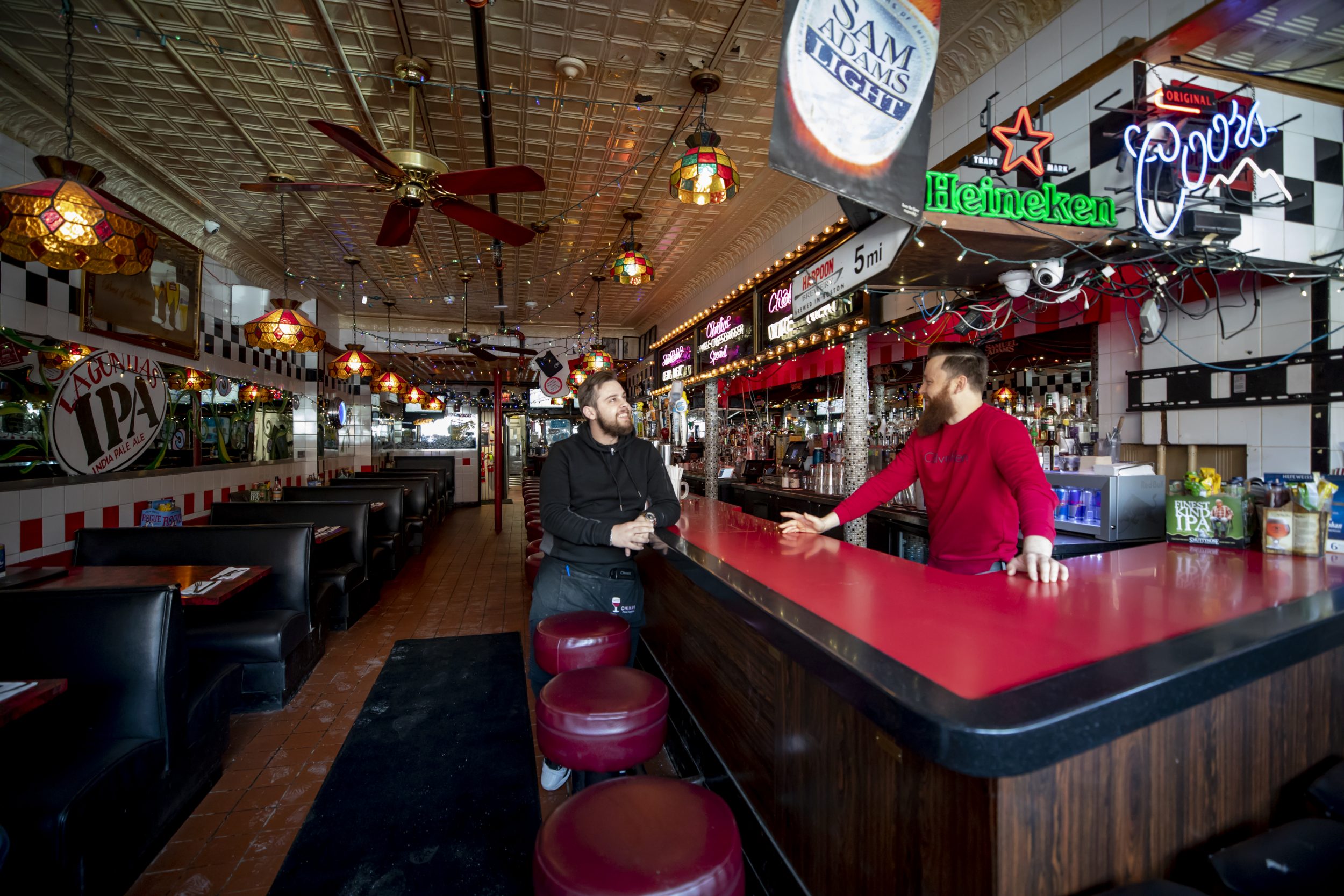
A bartender and a waiter chat at Charlie’s Kitchen.
Rose Lincoln/Harvard Staff Photographer
Charlie’s Kitchen
Samantha Power
Anna Lindh Professor of the Practice of Global Leadership and Public Policy, Harvard Kennedy School, Professor of Practice, Harvard Law School
There is no more peaceful place for me around campus than sitting at the bar at Charlie’s, drinking a pint and eating grilled cheese as I watch the Red Sox game.
Annenberg Hall
Alliah Agostini Livingstone
Harvard University ’04, Harvard Business School ’09
The dining hall for all freshmen, it is the location of so many of my fondest memories from the beginning of my Harvard experience! It was our little newbie oasis, so full of eclectic intellectual energy, and also where many longstanding friendships began. It was the place where people would talk about the laws of physics and debate their favorite New York–based rapper in almost the same breath. Plus … I’m not even a Harry Potter fan, but it was also very cool to feel like we were dining in the Great Hall of Hogwarts every day.
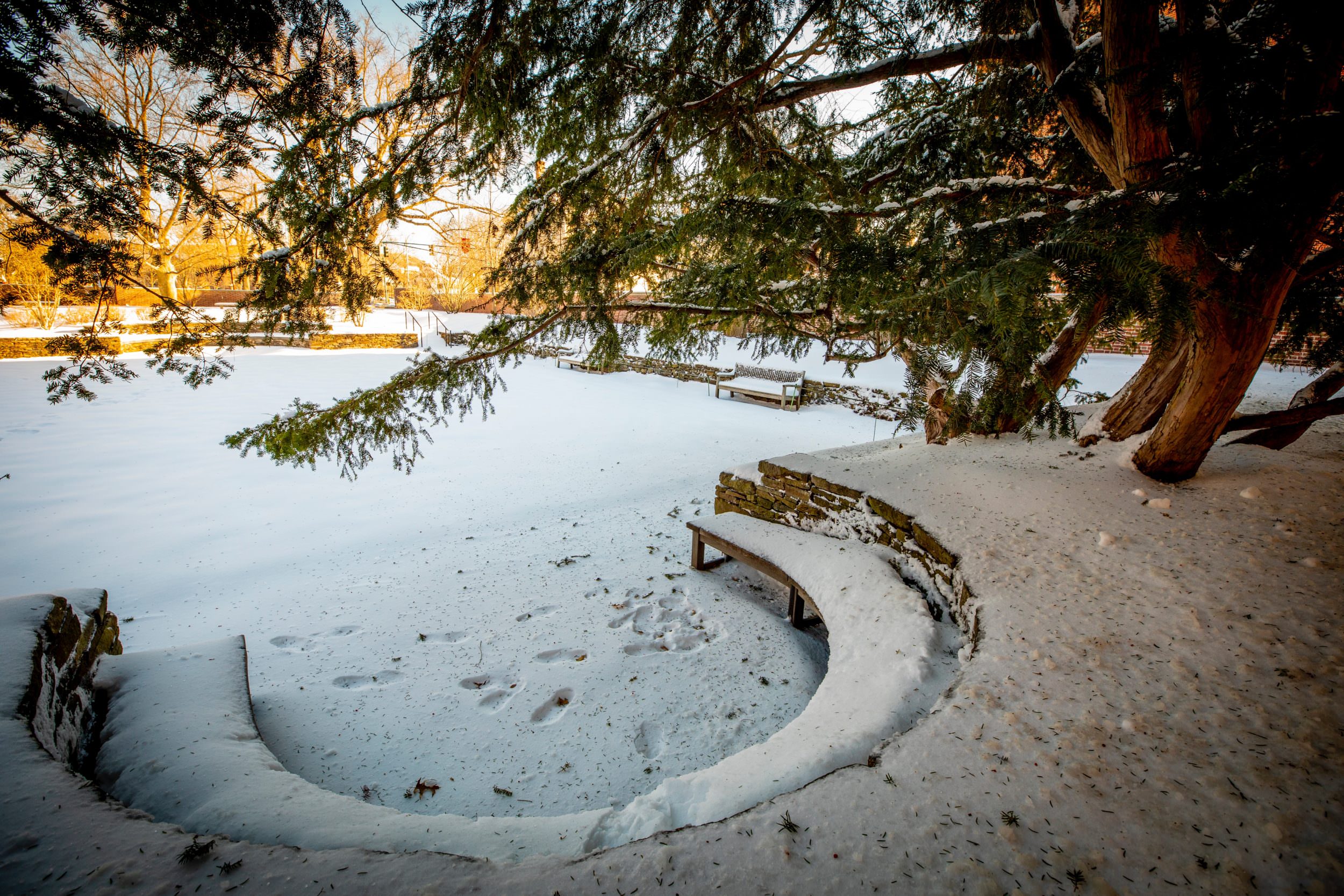
Rose Lincoln/Harvard Staff Photographer
Radcliffe’s sunken garden
Tomiko Brown-Nagin
Dean, Radcliffe Institute for Advanced Study; Daniel P.S. Paul Professor of Constitutional Law; faculty director, Charles Hamilton Houston Institute for Race & Justice; co-director of Harvard Law School’s Program in Law and History; and professor of history, Faculty of Arts and Sciences, Harvard University
I love the sunken garden in Radcliffe Yard. It’s so beautiful and peaceful and brings to mind happy times.
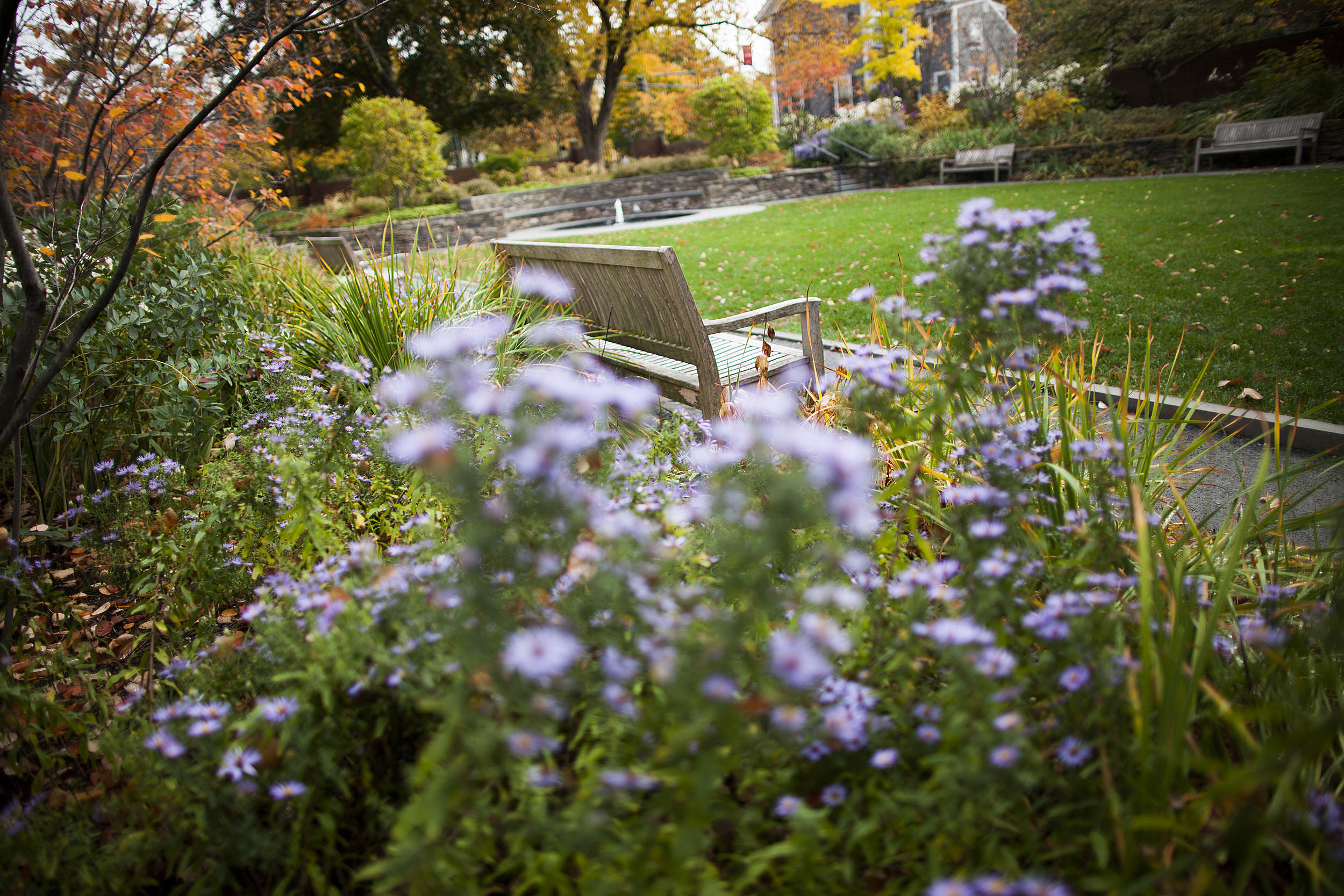
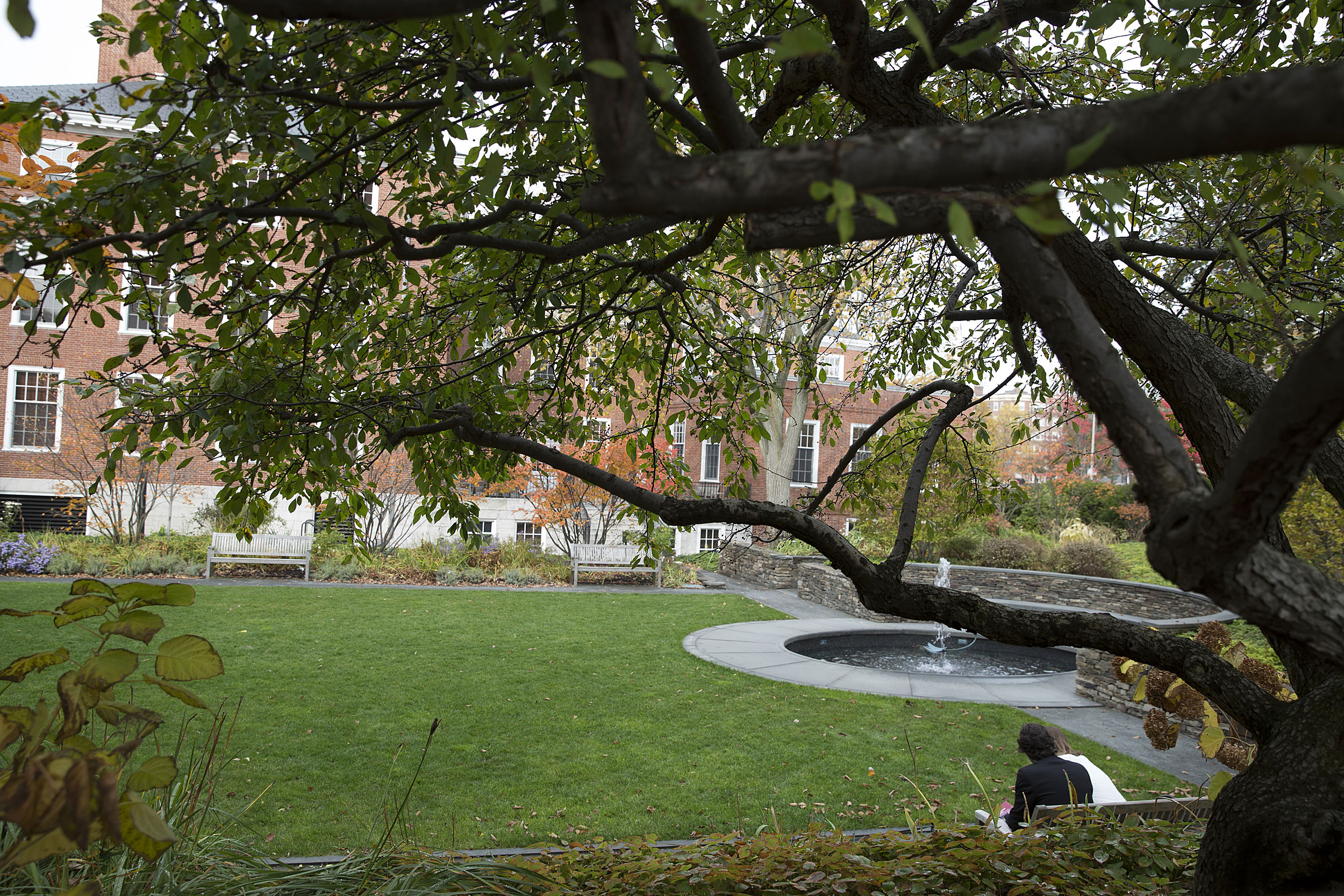
Stephanie Mitchell and Rose Lincoln/Harvard file photos
Marie Mize
Resident tutor, sophomore advising coordinator, Pforzheimer House
My favorite hideaway is the Radcliffe sunken garden. On a nice spring day, it’s one of the most peaceful and serene spots on campus for sky-gazing or bird-watching. When I have to do more reflection-based work I often sit in the rotunda bench under the trees to write and think. I also use this space for facilitating [class] discussions, picnicking with my son, and rendezvousing with friends (and lovers).
Rhea Bennett
Class of ’20
One of my favorite places on campus when the weather is warm is the sunken garden in Radcliffe Yard. It is a beautiful, little green spot on campus where the gurgle of the fountain creates a quiet, calm atmosphere. Doing work there on a sunny day makes me feel like I’m in an oasis in the middle of the city.
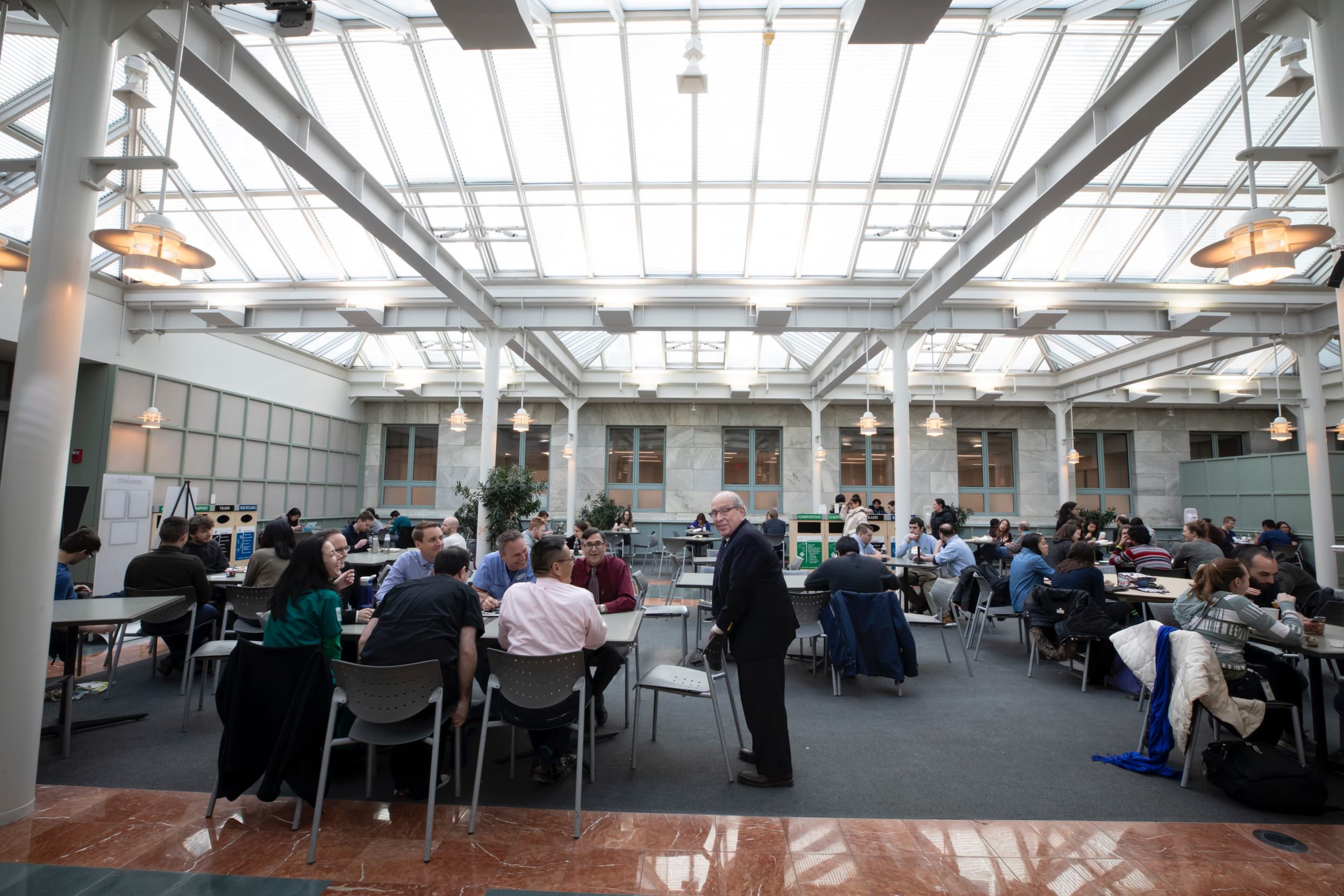
Peter C. Grieco and his co-workers, including Dean R. Bruce Donoff (standing), gather for lunch.
Rose Lincoln/Harvard Staff Photographer
Courtyard Café
Peter C. Grieco
Director of Predoctoral Prosthodontics, and instructor, Department of Restorative Dentistry and Biomaterials Science, Harvard School of Dental Medicine
My favorite place … is my lunch table in Courtyard [Café at Harvard Medical School], where myself and other faculty sit together each day. While it physically might shift around depending on the table availability, it’s the people at it and the things they bring that are the best. Regulars range from Adam Hamilton, a fellow new faculty member from Perth, Australia, to Andreas Radics, a dental technician from Switzerland, to Eileen Regan, a 40-plus-year HSDM dental hygienist from right here in Mission Hill, to Bernard Friedland, an associate professor from South Africa, to sometimes even Dean [R. Bruce] Donoff himself. At any given time, we might have a group of people sitting together spanning 50 years of dental experience, and a few times I’ve tallied six different continents. (If only we had an Antarctican!) To a young faculty member from New Jersey, that’s what being at Harvard is about.
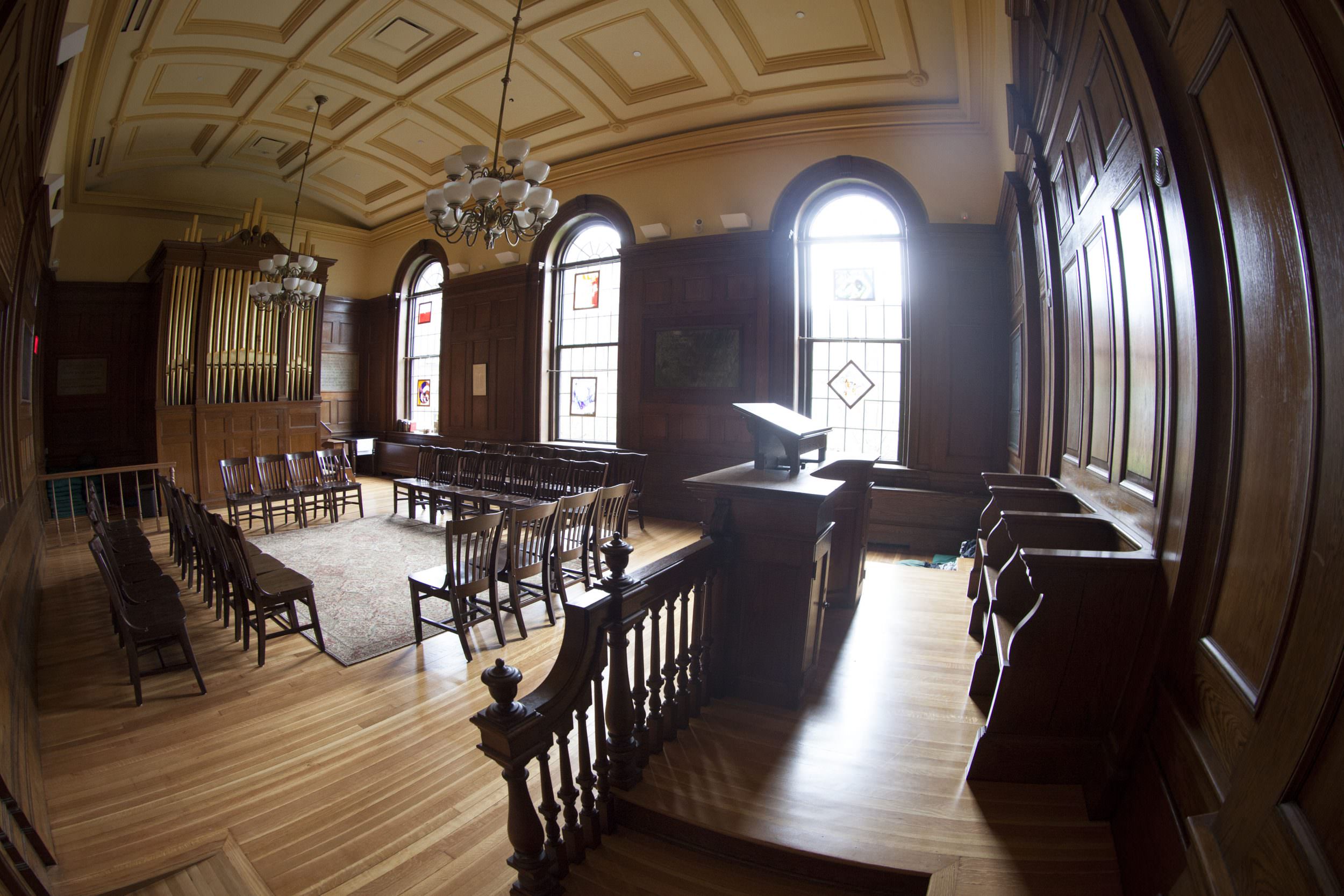
Kris Snibbe/Harvard file photo
Divinity Chapel
David Frank Holland
John A. Bartlett Professor of New England Church History
I would have to say Divinity Chapel, colloquially known as Emerson Chapel. This is the spot where Ralph Waldo Emerson delivered his famous “Divinity School Address” of 1838, the heretical speech that rattled Harvard and resonated throughout American culture. Its history — and its current multifaith, multipurpose use — gives the space a mixed atmosphere of reverence and rebellion. For me, it’s a regular site of quiet reflection and renewal.
Leslie MacPherson Artinian
Departmental administrator, Office of Ministry Studies
I work at Harvard Divinity School, and one of my favorite spots is Emerson Chapel. A multigenerational Unitarian Universalist myself, I claim linkage to this past, and when I sit within its quiet, wooden walls and candlelight warms the room on the Fridays when I worship with our HDS Unitarian Universalist students, I feel a connection to both the School and my heritage, and I am overwhelmed with gratitude for both.
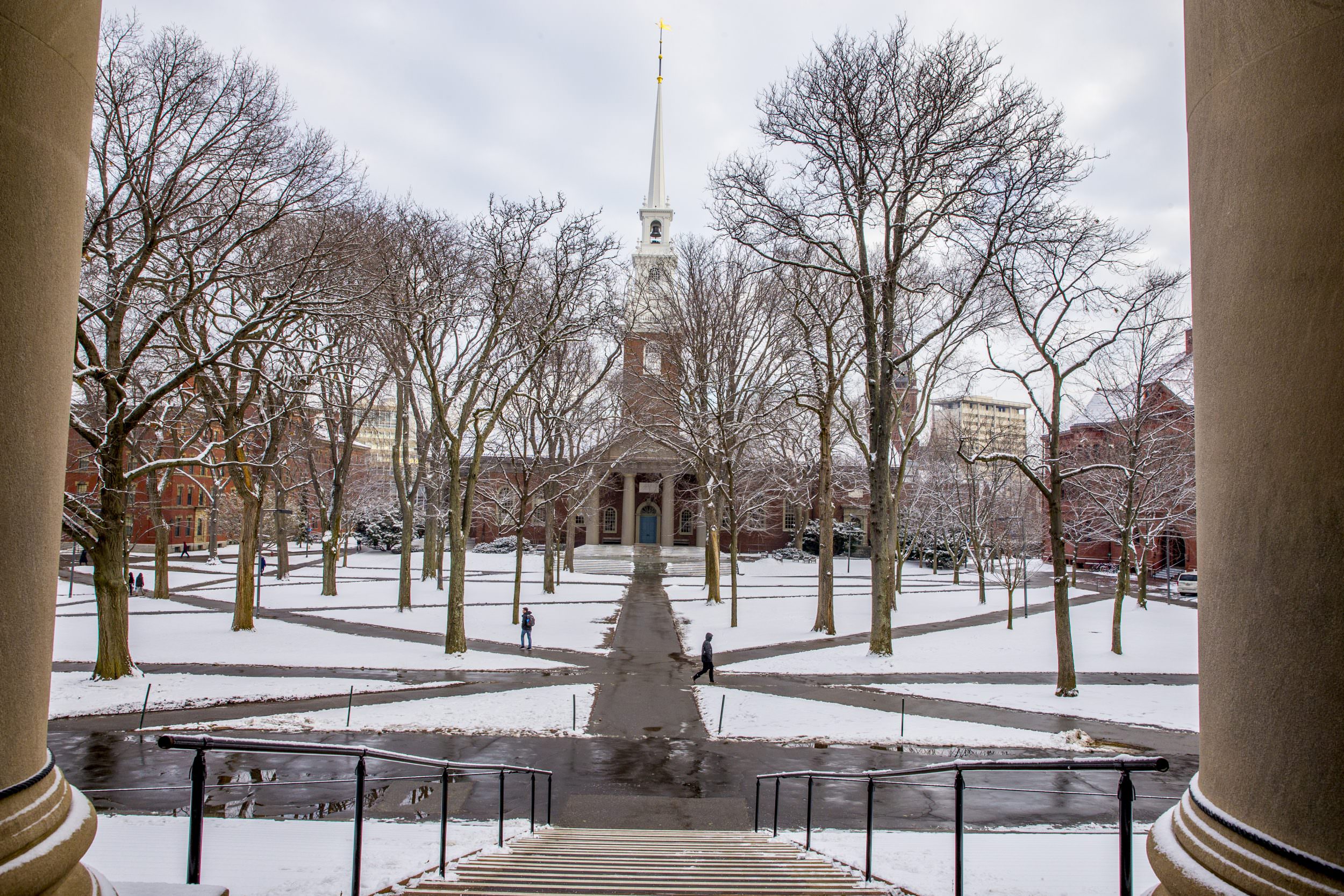
Rose Lincoln/Harvard file photo
Tercentenary Theatre
Jason Luke
Associate director, custodial and support services
I keep coming back to Tercentenary Theatre. I especially like being there at night, when it’s more peaceful, sitting on the steps of Memorial Church or Sever Hall. I’ve spent a lot of time there: Commencement, presidential inaugurations, Harvard’s 375th, special convocations, Harvard College student events, and on many other occasions over the past 25 years. That space just brings back so many great memories!
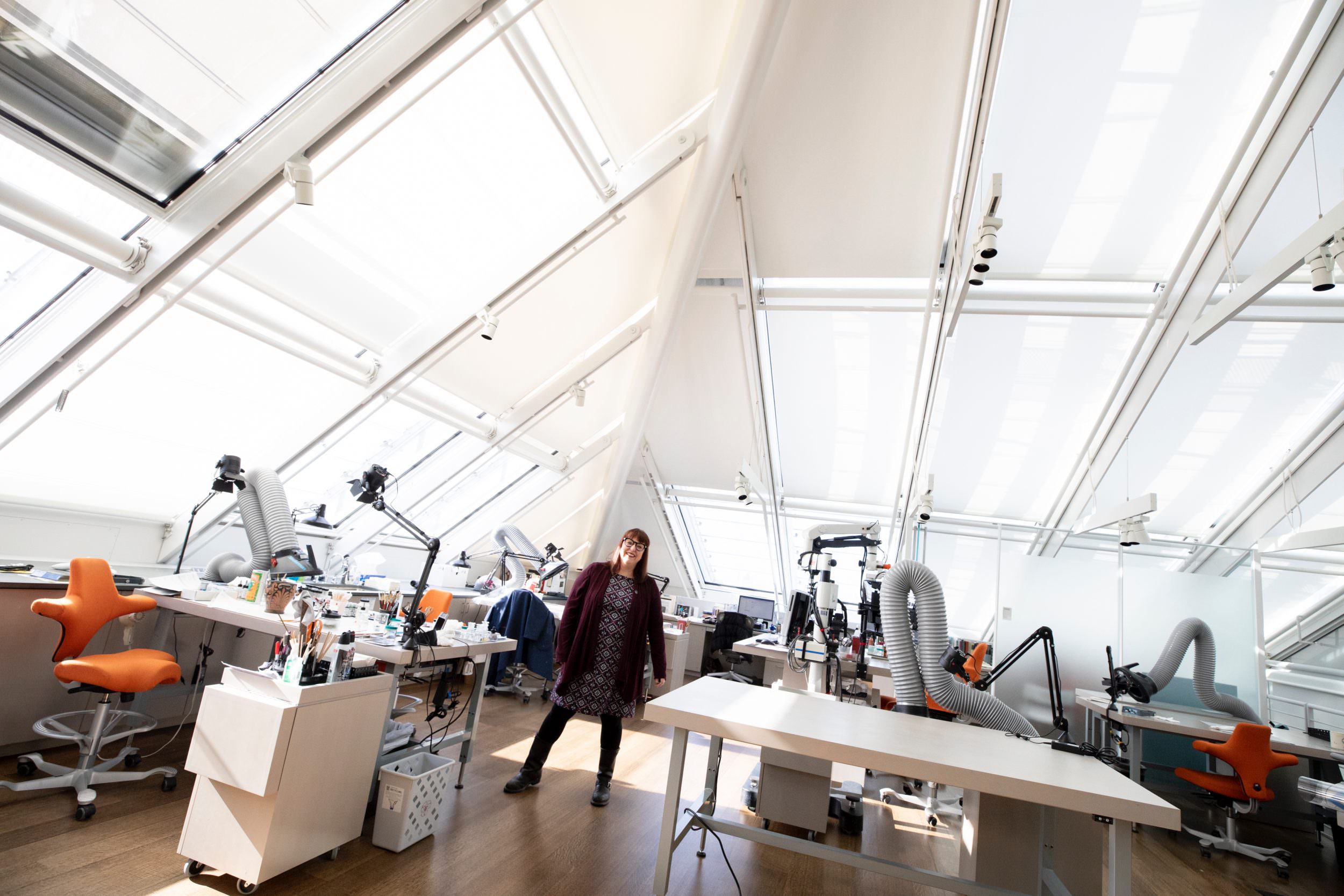
Kathy King in the Conservation Lab.
Rose Lincoln/Harvard Staff Photographer
Conservation Lab
Kathy King
Director and instructor, Ceramics Program
One of my favorite places on campus is the Conservation Lab at the Harvard Art Museums. The light in the space is beautiful, and when I am invited by the conservation scientists and/or curators to observe ancient examples of ceramics, it seems completely magical — the space, with all its technology in place, to look at a piece of art crafted centuries ago.
Charles River
Rob Gogan
Recycling and waste manager, Facilities Maintenance Operations, Harvard University Campus Services
The banks of the Charles abutting the Weeks Footbridge (east side, where it’s shaded) and the Larz Anderson Bridge (west side, where there are stones to sit on that are usually shaded). In May, the Charles hosts the run of thousands (millions?) of alewives swimming upstream to spawn, accompanied by black-crowned night herons, great blue herons, double-crested cormorants, ospreys, and other predators. I have seen large turtles, 2-foot-long carp, common mergansers, bufflehead ducks, muskrats, Norway rats, and Canada geese from these vantage spots. Of course, in season, there is also the swift passage of rowing shells, the cries of their coxswains and coaches counting out strokes, boatloads of recreational flycasters, passing tour boats from CambridgeSide Galleria, and, on a special day in May, the shrieks and splashes of daredevil students celebrating Commencement by jumping off the Weeks for a quick swim in the iron-brown but officially “safe-for-swimming” waters of the Charles.
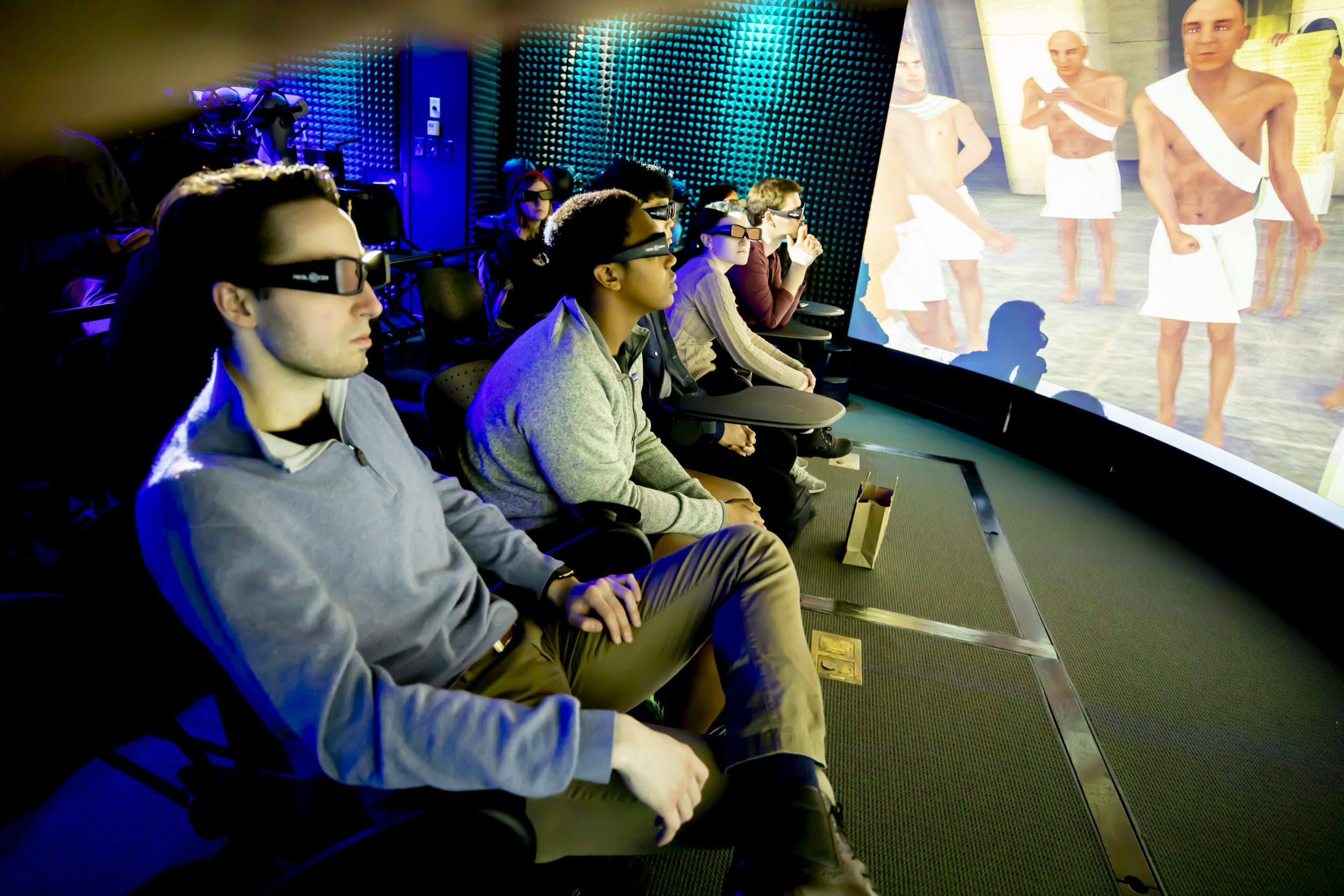
Rose Lincoln/Harvard Staff Photographer
Visualization Lab
Peter Der Manuelian
Philip J. King Professor of Egyptology, director of the Harvard Semitic Museum
I like to sit in the specialized Visualization Lab classroom, part of [the Department of Earth and Planetary Sciences] above the Geological Lecture Hall. The big curving screen and virtual reality headsets let me take students to the Giza pyramids and ancient Egypt virtually, and view all manner of graphics at an unprecedented scale and resolution.
More like this
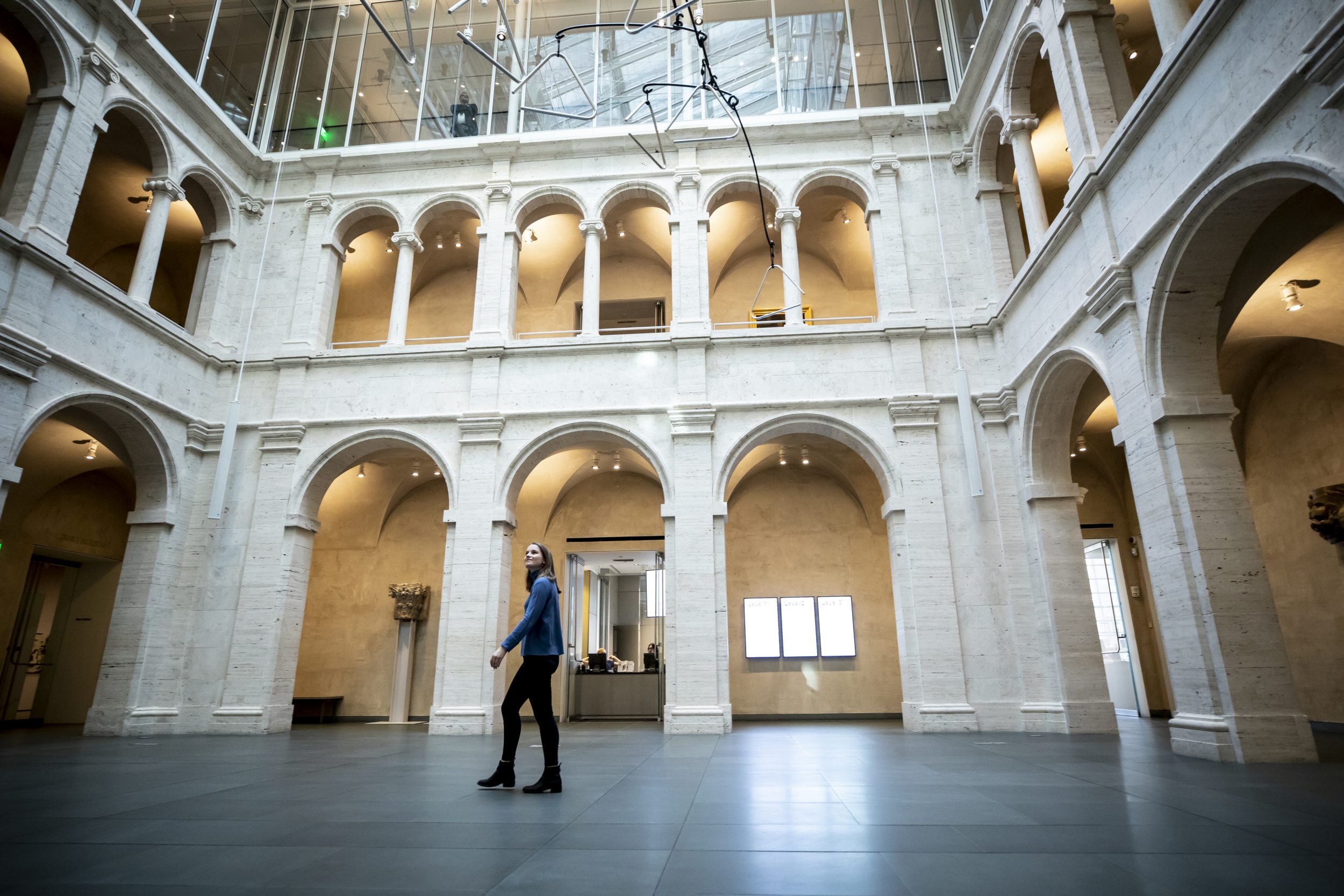
Julie Hartman walks through the courtyard of the Harvard Art Museums.
Rose Lincoln/Harvard Staff Photographer
Harvard Art Museums
Julie Hartman
Class of ’22
The courtyard of the Harvard Art Museum is one of the few places on campus where I feel completely serene. The natural light from the glass ceiling, the quiet murmurings of museum and cafe patrons, and the vastness of the courtyard itself all make the space unique, and an ideal place for relaxing and reflecting. I come to the Fogg [Art Museum] not just to see the art that it holds but to appreciate the space as a piece of art itself.
More like this
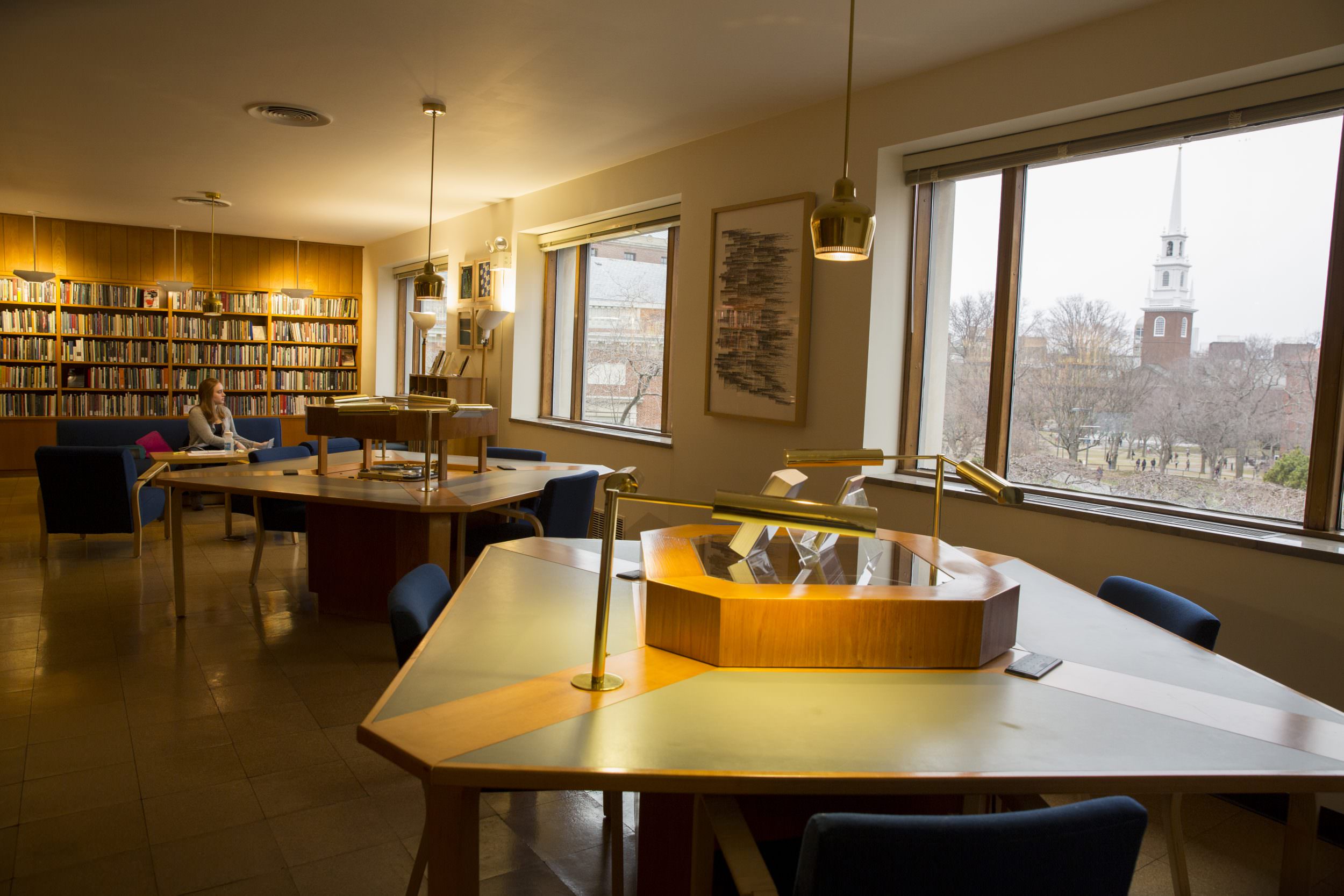
Rose Lincoln/Harvard file photo
Woodberry Poetry Room
Jennifer Bonner
Assistant professor and director of the Master in Architecture II program
Woodberry Poetry Room in Lamont Library, designed by Alvar Aalto. Tucked away in Lamont is a special room filled with wood surfaces and furniture designed by one of architecture’s greats. I like to settle into a reading nook and read poetry from the American South.
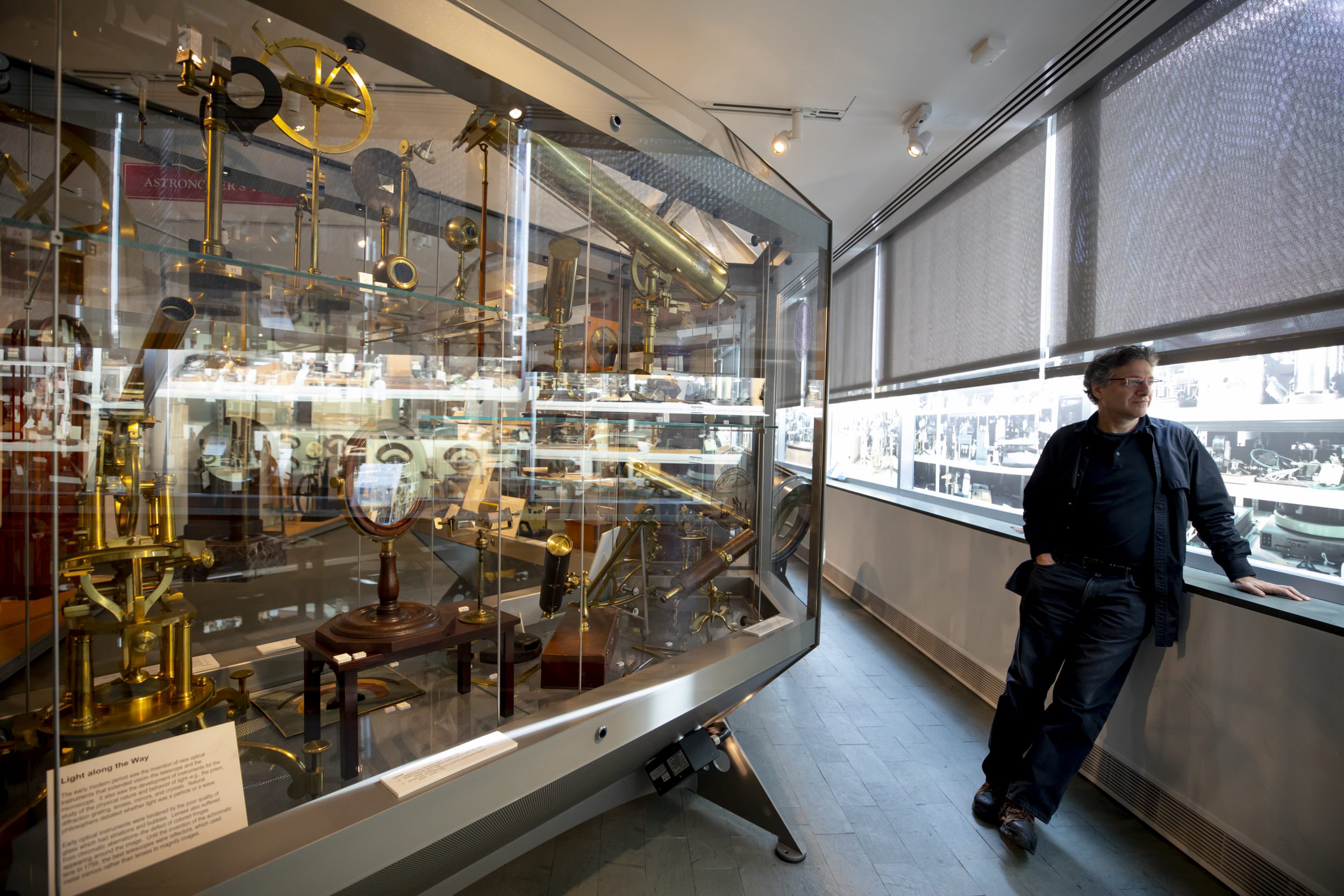
Peter Galison is the director of the Collection of Historical Scientific Instruments.
Rose Lincoln/Harvard Staff Photographer
Collection of Historical Scientific Instruments
Peter Galison
Joseph Pellegrino University Professor and director, Collection of Historical Scientific Instruments
How can I not love the Collection of Historical Scientific Instruments in the Science Center? I first saw some of these instruments when I was an undergraduate, back when dinosaurs ruled the Earth. Back then, they were buried away and only taken out once a year by I. Bernard Cohen. I remember him demonstrating Benjamin Franklin’s “Lightning House,” which showed the bad things that happened to a little wooden house with gunpowder and a shock and no lightning rod. After great good efforts by our wonderful curatorial staff, donors, and colleagues, you can now see this assembly of crucial knowledge machines from clocks to cyclotrons.
More like this
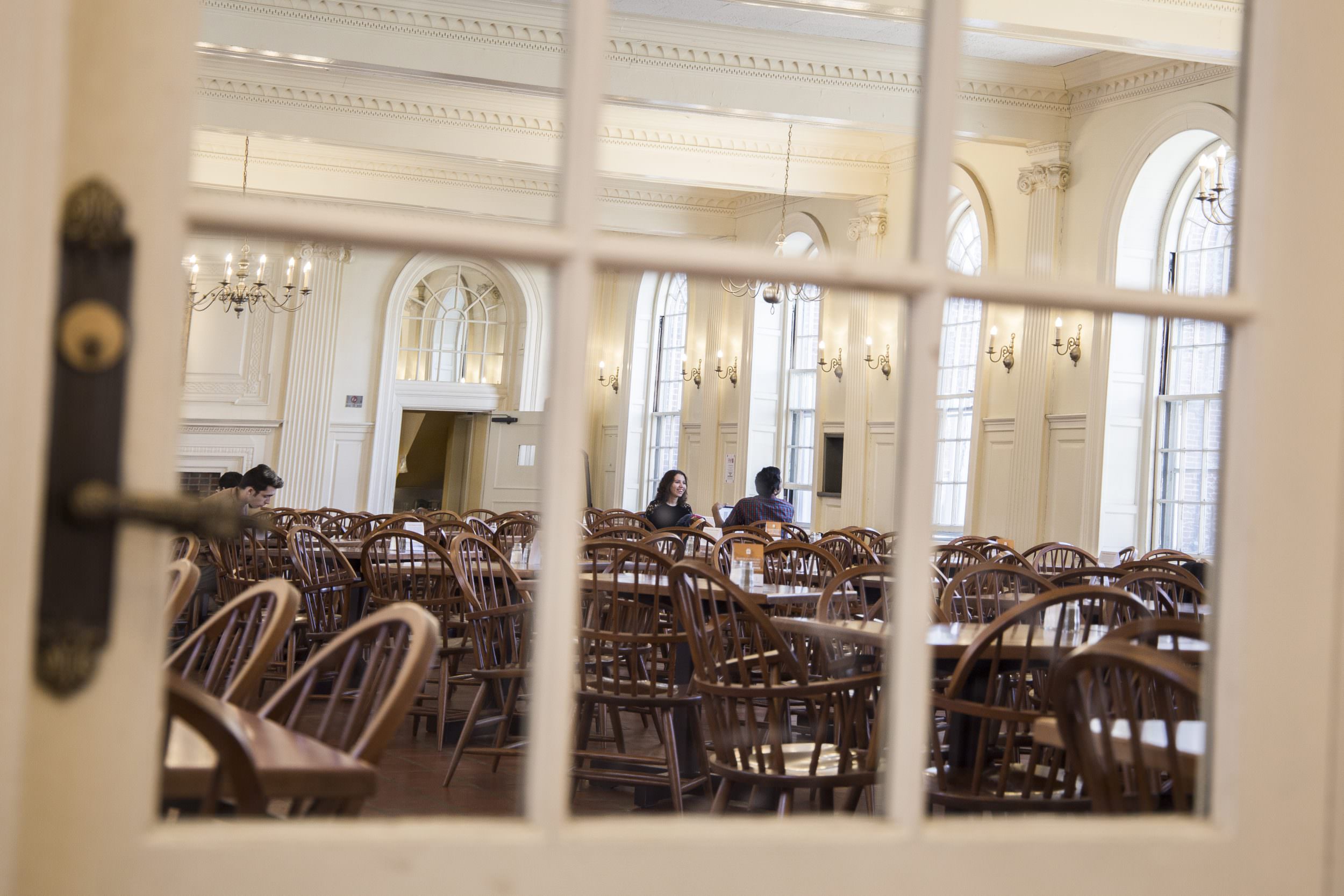
Harvard file photo
Kirkland House dining hall
Malia Clark
Class of ’21
While there are a multitude of places to study on campus, my favorite place is probably the Kirkland House dining hall. I am peaceful and focused in this space, and if I need a study break, there are always friendly faces with whom I can share a meal or catch up. Kirkland is a relatively small, close-knit House, and with the dining hall’s wide windows that look out into the courtyard, beautiful architecture, and cozy feel, I truly feel like I’m at home when I study here.
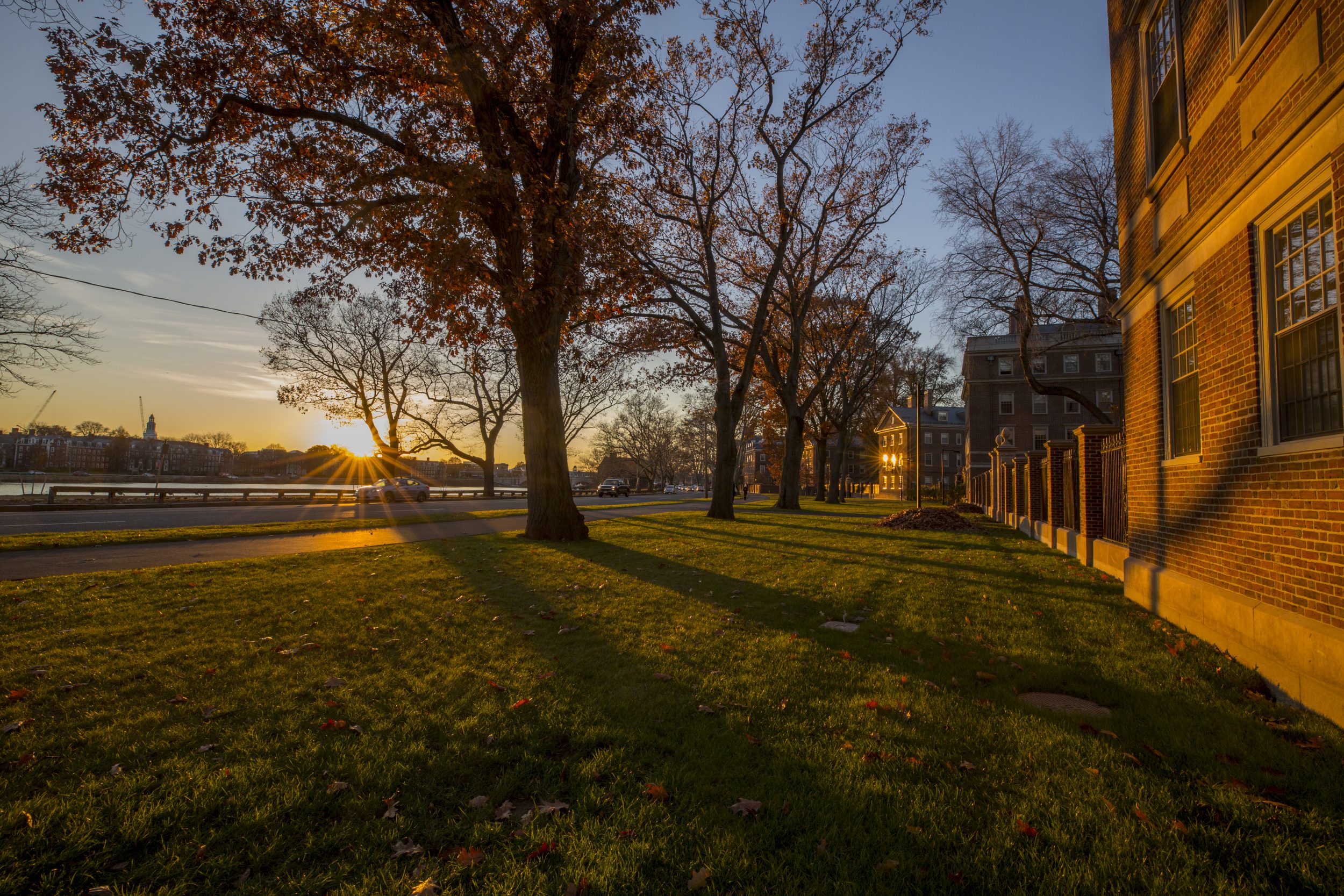
Rose Lincoln/Harvard file photo
Winthrop House gate
Jennifer Weiss
Head coach of women’s volleyball
I have to say that being at Harvard and on campus has always been such a blessing, and for 26 years I have never taken its beauty for granted. A part of my daily routine is running on the Charles. I start by going through the gate at Winthrop House and head toward the Charles — something nice about going down that path.
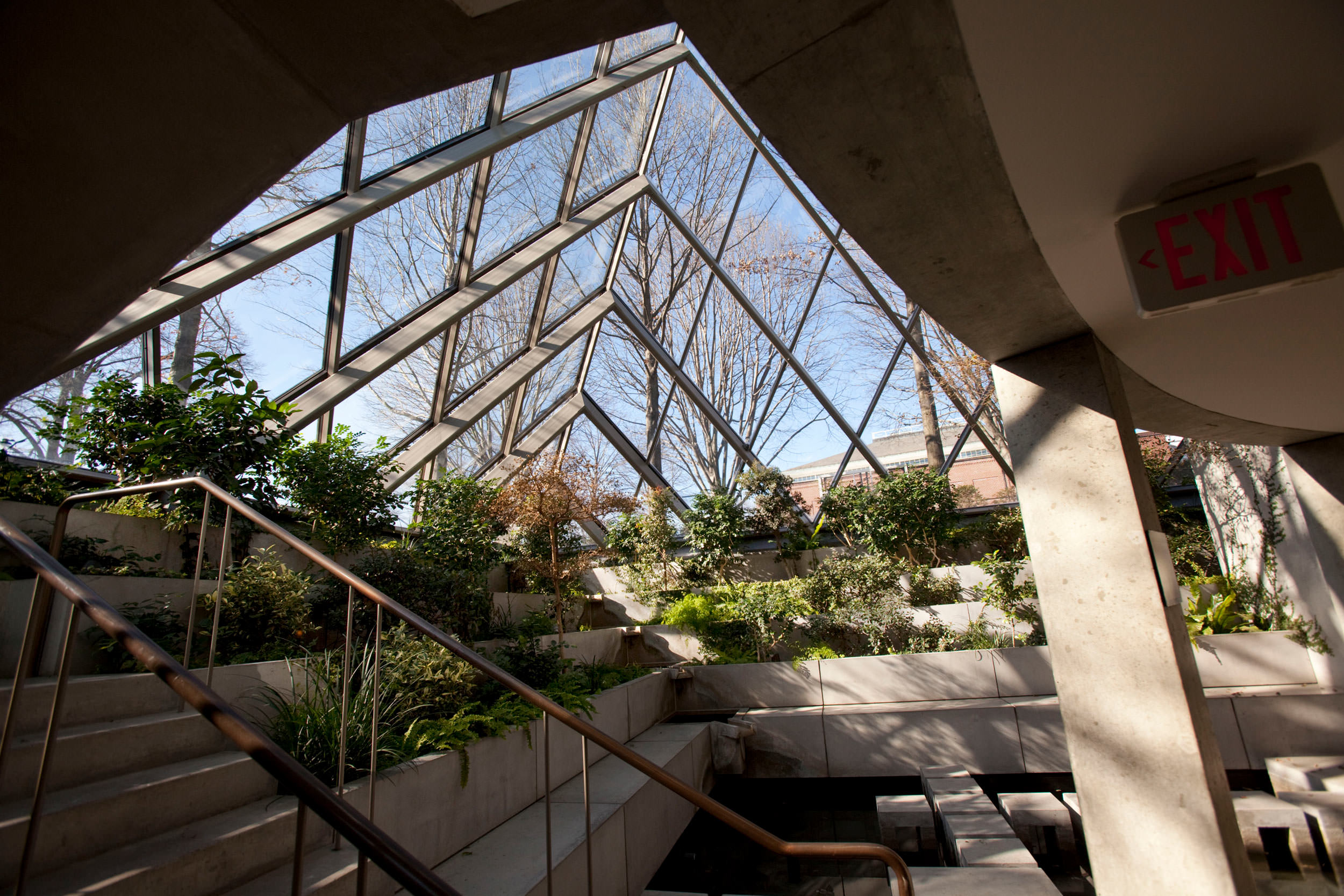
Kris Snibbe/Harvard file photo
Class of 1959 Chapel
Theresa Tribble
Harvard Business School ’09
I loved the [Class of 1959] Chapel on the Harvard Business School campus, for the water gardens. When I needed to have a deep conversation with someone or 10 minutes alone, I would go sit amidst the plants under the glass walls and ceiling. I still drop by when I am back on campus.
More like this
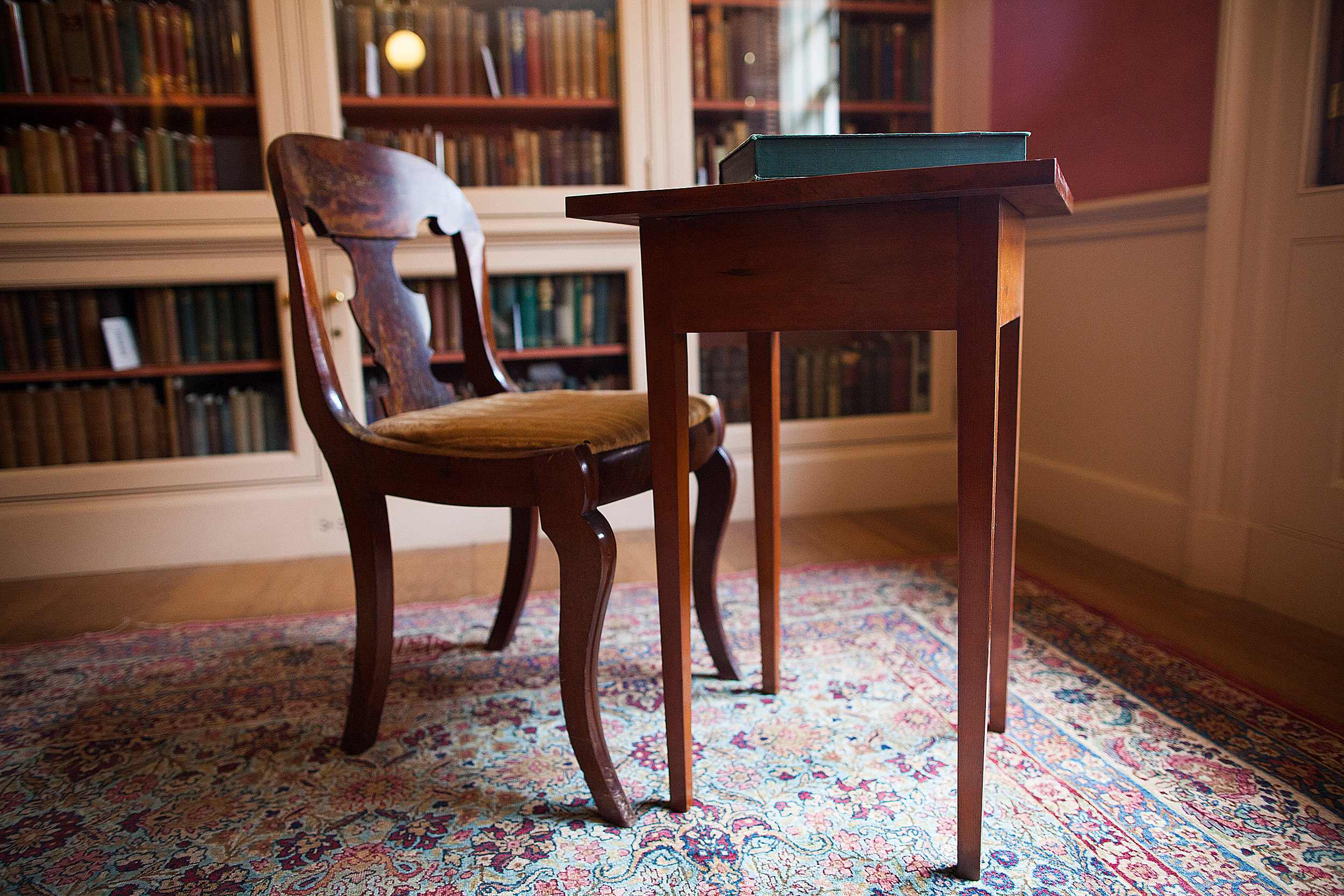
Emily Dickinson’s writing desk.
Stephanie Mitchell/Harvard file photo
Houghton Library
Dan Byers
John R. and Barbara Robinson Family Director, Carpenter Center for the Visual Arts, and lecturer, Department of Visual and Environmental Studies
My favorite spot is a walk through Houghton Library to be moved by two small, partially hidden collection objects that expand my imagination and inner world. Start outside the glass walls of the Harvard Theatre Collection, and press your nose up against the window to ogle Frederick Kiesler’s audacious, otherworldly model for the Universal Theater, made in aluminum in 1960–61. Then proceed up into the inner sanctums of the library (during their Friday afternoon public tour) to meditate on the tiny, beautiful writing desk on which Emily Dickinson composed so many transporting poems. Each object proposes an expansive model for private and public creativity, and sends me back to my office humbled and energized.
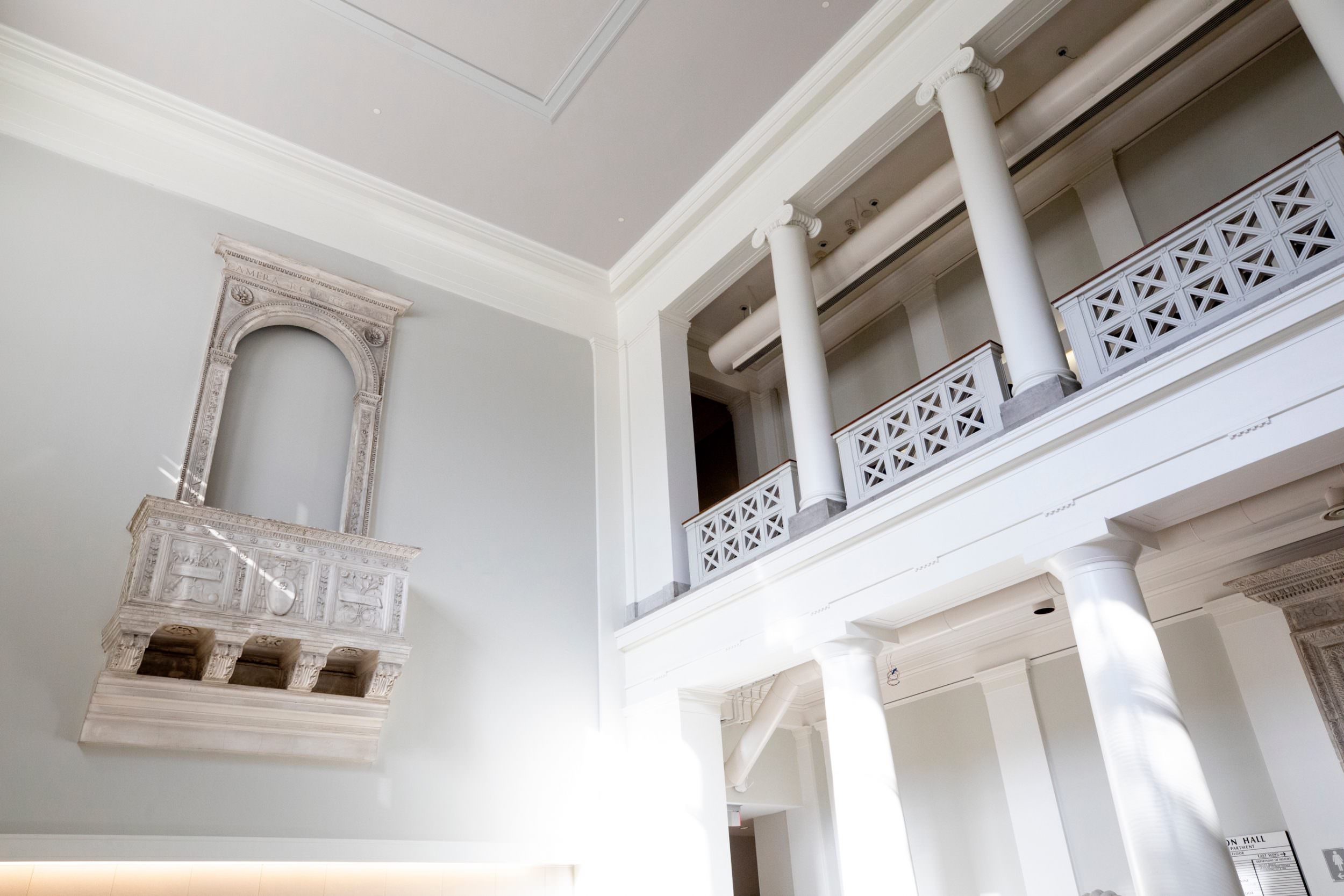
Rose Lincoln/Harvard Staff Photographer
Robinson Hall
Marla King
Manager, Harvard Yard academic buildings
The Great Space in Robinson Hall is historically fascinating to me. I manage a number of buildings in and out of the Yard. Every day that I enter the building there are sections of marble, stone, and concrete that are absolutely stunning. The little details of ancient sculpture bring back all of my memories of Greek mythology and the Roman Empire. In the past, GSAS students, when they graduated, would celebrate with champagne and pop the corks into the relief sculpture that sits high on the wall. I appreciate the space and the history.
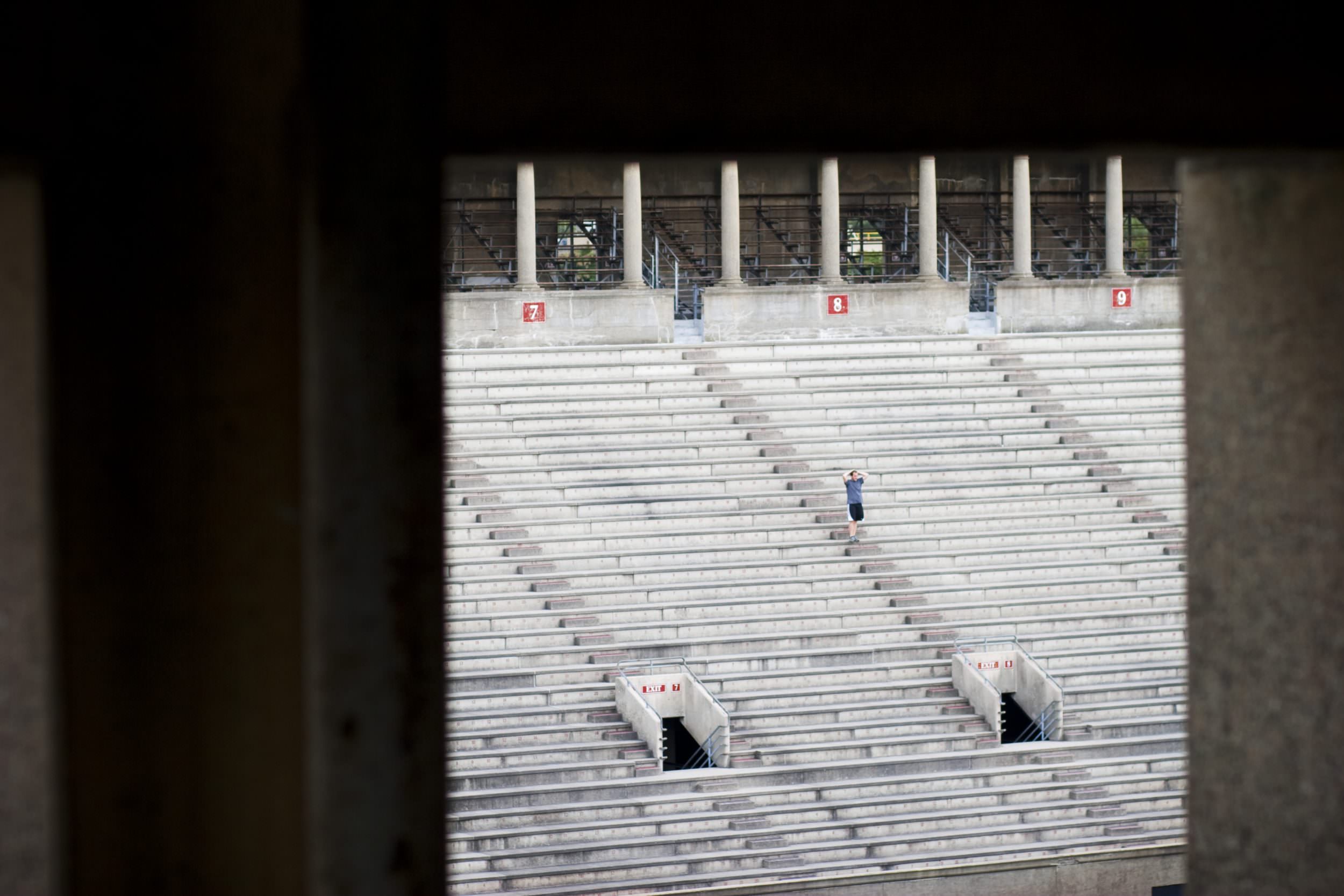
Stephanie Mitchell/Harvard file photo
Harvard Stadium
William Cannon
Harvard Gazette correspondent
My favorite place is Harvard Stadium. When I lived in lower Allston, I wandered by one day while I was on a walk. I saw that the gates were open a crack, which I thought was a happy accident, and I quietly walked through and wandered around. I walked by again a week later and thought, “What luck, someone left it unlocked again,” and walked the steps this time. I felt like the James Bond of exercise — able to work out even in the most secure locations. I eventually learned that the stadium is open to everyone, which only made it more special, not less. I went on to meet a nice group of other regular step walkers.
More like this
If you have a favorite place on campus, let us know about it. You might end up in the next article.



